
Deutsch-Chinesische Enzyklopädie, 德汉百科
 Vatican city
Vatican city

 History
History
 L 1000 - 1500 AD
L 1000 - 1500 AD

 Art
Art
 WC - Western art 5th century AD - 15th century AD
WC - Western art 5th century AD - 15th century AD

 Religion
Religion
 Vatican city
Vatican city

西斯廷教堂(拉丁语:Sacellum Sixtinum;意大利语:Cappella Sistina [kapˈpɛlla siˈstiːna];也称为西斯廷礼拜堂)是一座位于梵蒂冈宗座宫殿内的天主教小堂,紧邻圣伯多禄大殿,以米开朗基罗所绘《创世纪》穹顶画,及壁画《最后的审判》而闻名。堂中的壁画在西斯都四世治下的1482年完成,1483年8月15日西斯都四世在这里举行了第一场圣母升天节弥撒,并决定这里将要供奉童贞玛利亚[1][2]。此外,现在这里也是教宗选举的举行处。
由教宗西斯都四世发起创建,教堂名“西斯廷”即来源于教宗之名“西斯都”。教堂始建于1445年。1481年完工后,波提切利等文艺复兴初期画家以耶稣基督为题目创作了一批壁画。后来根据儒略二世的命令由米开朗棋罗绘制天花板和剩下的壁画。 墙上的壁画取《旧约·圣经》为题材,正面是《最后的审判》,右侧是《基督传》,左侧以《摩西传》为主题。天花板的中央是《旧约·圣经》的创世纪,画有预言者、巫女的像。最精彩是《创造亚当》、《原罪与流放乐园》、《诺亚方舟》。1483年,在此举行过西斯都四世的圣体告别。起初穹顶绘有天空的图案。教堂长40.25米,宽13.41米,高20.73米。依照列王纪第6章所描述的所罗门王神殿比例(60:20:30)所建。
西斯都四世之侄儒略二世于1506年,命米开朗基罗绘制。对于喜欢自称为雕刻家的米开朗基罗来说,虽非本愿,但1508年开始设计创作此画,从教堂内脚手架设置,到设计创作,均为单独一人创作。1512年完成。穹顶中心描绘了旧约中创世纪的9个场景。场面宏大,气势恢宏,人物众多。是米开朗基罗的代表作。
在米开朗基罗创作途中曾前来观摩的拉斐尔深受此画影响,他当时正在创作壁画《雅典学院 》。
画面分成两部分,绘有上帝创造世界的9个场景,即《划分光暗》、《创造日月》、《划分水陆》、《创造亚当》、《创造夏娃》、《逐出乐园》、《挪亚方舟》、《挪亚献祭》、《挪亚醉酒》。房顶与墙壁连接处的弧面为另一部分,分别绘有耶稣的祖先等。
Die Sixtinische Kapelle (italienisch Cappella Sistina) ist eine der Kapellen des Apostolischen Palastes. Sie ist der Ort, an dem das Konklave abgehalten wird, und beherbergt einige der berühmtesten Gemälde der Welt. Ihr Name bezieht sich auf Papst Sixtus IV., unter dem sie zwischen 1475 und 1483 erbaut wurde. Am 15. August 1483 wurde die Kapelle geweiht. Sie steht unter dem Patrozinium der Aufnahme Mariens in den Himmel.
Sie liegt unmittelbar nördlich des Petersdoms und ist mit diesem über die Scala Regia und Sala Regia verbunden. Für Touristen ist allerdings nur der Eintritt über die Vatikanischen Museen möglich. Die Pläne für die Sixtinische Kapelle stammen von Baccio Pontelli. Der Grundriss ist rechteckig. Der Bau ist 40,9 Meter lang, 13,4 Meter breit und 20,7 Meter hoch. Die Kapelle ist in der Proportion des Salomonischen Tempels errichtet, ihre Länge entspricht in etwa der doppelten Höhe und der dreifachen Breite. Die Decke ist ein flaches Stichkappengewölbe.
システィーナ礼拝堂(システィーナれいはいどう、伊: Cappella Sistina)は、ローマ教皇の公邸であるバチカン宮殿にある礼拝堂。サン・ピエトロ大聖堂北隣に位置するその建物とともに、ミケランジェロ、ボッティチェッリ、ペルジーノ、ピントゥリッキオら、盛期ルネサンスを代表する芸術家たちが内装に描いた数々の装飾絵画作品で世界的に有名な礼拝堂である。とくにローマ教皇ユリウス2世の注文でミケランジェロが1508年から1512年にかけて描いた天井画と、ローマ教皇クレメンス7世が注文し、ローマ教皇パウルス3世が完成を命じた、1535年から1541年にかけて描いた『最後の審判』はミケランジェロの絵画作品の頂点とされている。
もともとバチカン宮殿に存在していた古い礼拝堂を1477年から1480年にかけてローマ教皇シクストゥス4世が建て直させた建物で、その教皇名(伊: Sisto IV)にちなんでシスティーナ礼拝堂と名付けられた。この建て直し時には、ペルジーノ、ボッティチェッリ、ギルランダイオらの芸術家たちが、一連の内装フレスコ壁画を手がけている。壁画に描かれているのは『旧約聖書』からの「モーセの生涯の物語」ならびに『新約聖書』からの「キリストの生涯の物語」と、歴代のローマ教皇の肖像画で、これらは1482年から1483年8月にかけて描かれた作品となっている[3]。落成したシスティーナ礼拝堂で最初のミサを執り行ったのはシクストゥス4世だった。このミサは聖母被昇天に捧げられたもので、システィーナ礼拝堂を聖母マリアに奉献することを表明する式典でもあった[4]。
シクストゥス4世以降、システィーナ礼拝堂は宗教的施設とローマ教皇執務室という二つの役割を果たしてきた。現在ではローマ教皇を選出する会議であるコンクラーヴェの会場としても使用されている。
The Sistine Chapel (/ˌsɪstiːn ˈtʃæpəl/; Latin: Sacellum Sixtinum; Italian: Cappella Sistina [kapˈpɛlla siˈstiːna]) is a chapel in the Apostolic Palace, the official residence of the Pope, in Vatican City. Originally known as the Cappella Magna, the chapel takes its name from Pope Sixtus IV, who restored it between 1477 and 1480. Since that time, the chapel has served as a place of both religious and functionary papal activity. Today it is the site of the Papal conclave, the process by which a new pope is selected. The fame of the Sistine Chapel lies mainly in the frescos that decorate the interior, and most particularly the Sistine Chapel ceiling and The Last Judgment by Michelangelo.
During the reign of Sixtus IV, a team of Renaissance painters that included Sandro Botticelli, Pietro Perugino, Pinturicchio, Domenico Ghirlandaio and Cosimo Rosselli, created a series of frescos depicting the Life of Moses and the Life of Christ, offset by papal portraits above and trompe l’oeil drapery below. These paintings were completed in 1482, and on 15 August 1483 Sixtus IV celebrated the first mass in the Sistine Chapel for the Feast of the Assumption, at which ceremony the chapel was consecrated and dedicated to the Virgin Mary.[3][4]
Between 1508 and 1512, under the patronage of Pope Julius II, Michelangelo painted the chapel's ceiling, a project which changed the course of Western art and is regarded as one of the major artistic accomplishments of human civilization.[5][6] In a different climate after the Sack of Rome, he returned and between 1535 and 1541, painted The Last Judgment for Popes Clement VII and Paul III.[7] The fame of Michelangelo's paintings has drawn multitudes of visitors to the chapel ever since they were revealed five hundred years ago.
La chapelle Sixtine, appelée originellement chapelle de Sixte est l'une des salles des palais pontificaux du Vatican. À l'heure actuelle, elle fait partie des musées du Vatican. C'est dans la chapelle Sixtine que, traditionnellement depuis le XVe siècle, les cardinaux réunis en conclave élisent le nouveau pape (des conclaves s'étant tenus également dans la Cappella Parva et le palais du Quirinal), et obligatoirement depuis la constitution apostolique Universi Dominici Gregis édictée par Jean-Paul II en 19961.
La plus grande chapelle du Vatican doit son nom au pape Sixte IV, qui la fit bâtir de 1477 à 1483. Elle fut consacrée lors de la fête de l'Assomption, le 15 août 1483. Sa voûte, décorée de fresques achevées par Michel-Ange en quatre ans, fut inaugurée par Jules II le 31 octobre 1512. Le mur du fond comporte une immense fresque illustrant le Jugement dernier, peinte près d'un quart de siècle plus tard par Michel-Ange alors sexagénaire et dévoilée par Paul III, après six ans de travaux, le 1er novembre 1541.
Précédée d'une antichambre (la Sala Regia), la chapelle se situe à l'angle sud-ouest du palais. Elle communique avec les chambres de Raphaël, qui abritent aujourd'hui la collection d'art religieux moderne. Ses architectes présumés sont Baccio Pontelli et Giovannino de' Dolci. Elle comprend un souterrain, un entresol et la chapelle proprement dite. Elle est ceinte, en hauteur, d'un chemin de garde défensif.
Son plan est simple : c'est une salle rectangulaire de quelque 40 mètres de long sur 13 mètres de large et 21 mètres de hauteur (on observe que 21 : 13 = 1,61, ce qui correspond au nombre d'or souvent utilisé par les architectes de jadis), coiffée d'une voûte en berceau et éclairée de douze fenêtres cintrées. Le sol est recouvert de marbres polychromes. Un jubé grillagée en marbre, œuvre de Mino da Fiesole sépare l'espace réservé aux clercs de celui accessible aux laïcs.
La chapelle doit sa célébrité à son exceptionnelle décoration peinte, réalisée par les plus grands artistes de la Renaissance, parmi lesquels Michel-Ange, Le Pérugin, Sandro Botticelli, Domenico Ghirlandaio, Cosimo Rosselli et Pinturicchio. Chaque jour, quelque 10 000 touristes la visitent, avec des pointes de 20 000 personnes aux périodes d'affluence. Cette concentration humaine provoque de multiples exhalaisons de gaz carbonique et risque, à terme, d'endommager les peintures2.
La Cappella Sistina, dedicata a Maria Assunta in Cielo[1], è la principale cappella del palazzo apostolico, nonché uno dei più famosi tesori culturali e artistici della Città del Vaticano, inserita nel percorso dei Musei Vaticani. Fu costruita tra il 1475 e il 1481, all'epoca di papa Sisto IV della Rovere, da cui prese il nome.
È conosciuta in tutto il mondo sia per essere il luogo nel quale si tengono il conclave e altre cerimonie ufficiali del Papa (in passato anche alcune incoronazioni papali), sia per essere decorata con una delle opere d'arte più conosciute e celebrate della civiltà artistica occidentale, gli affreschi di Michelangelo Buonarroti, che ricoprono la volta (1508-1512) e la parete di fondo (del Giudizio universale) sopra l'altare (1535-1541).
È considerata forse la più completa e importante di quella «teologia visiva, che è stata chiamata Biblia pauperum»[2]. Le pareti inoltre conservano una serie di affreschi di alcuni dei più grandi artisti italiani della seconda metà del Quattrocento (Sandro Botticelli, Pietro Perugino, Pinturicchio, Domenico Ghirlandaio, Luca Signorelli, Piero di Cosimo e altri).
Esiste anche una "Cappella Sistina" nella basilica di Santa Maria Maggiore a Roma, edificata da Sisto V, e una nella cattedrale di Savona, fatta edificare da Sisto IV come mausoleo per i propri genitori.
La Capilla Sixtina es una capilla del Palacio Apostólico de la Ciudad del Vaticano, la residencia oficial del papa. Se trata de la estancia más conocida del conjunto palaciego.
Originalmente servía como capilla de la fortaleza vaticana. Conocida anteriormente como Cappella Magna, toma su nombre del papa Sixto IV, quien ordenó su restauración entre 1473 y 1481. Desde entonces la capilla ha servido para celebrar diversos actos y ceremonias papales. Actualmente es la sede del cónclave, la reunión en la que los cardenales electores del Colegio Cardenalicio eligen a un nuevo papa. La fama de la Capilla Sixtina se debe principalmente a su decoración al fresco, y especialmente a la bóveda y el testero, con El Juicio Final, ambas obras de Miguel Ángel.
Durante el pontificado de Sixto IV, un grupo de pintores renacentistas que incluía a Sandro Botticelli, Pietro Perugino, Pinturicchio, Domenico Ghirlandaio, Cosimo Rosselli y Luca Signorelli realizó dos series de paneles al fresco sobre la vida de Moisés (a la izquierda del altar, mirando hacia El Juicio Final) y la de Jesucristo (a la derecha del altar), acompañadas por retratos de los papas que habían gobernado la Iglesia hasta entonces en la zona superior y por cortinas pintadas con trampantojo en la zona inferior.
Las pinturas fueron concluidas en 1482, y el 15 de agosto de 1483, con motivo de la festividad de la Asunción, Sixto IV celebró la primera misa en la capilla y la consagró a la Virgen María.12
Entre 1508 y 1512, por encargo del papa Julio II, Miguel Ángel decoró la bóveda, creando una obra de arte sin precedentes que cambiaría el curso del arte occidental.34 Años después, tras el Saco de Roma, pintó también El Juicio Final en la pared del altar entre 1536 y 1541 para los papas Clemente VII y Pablo III.5 Más de cinco siglos después, los frescos de Miguel Ángel siguen atrayendo a multitud de visitantes a la capilla, y son considerados una de las obras cumbre de la historia de la pintura.
Сиксти́нская капе́лла (лат. Sacellum Sixtinum; итал. Cappella Sistina) — бывшая домовая церковь в Ватикане. Построена в 1473—1481 годах архитектором Джордже де Дольчи, по заказу папы римского Сикста IV, откуда и произошло название. Ныне Капелла — музей, выдающийся памятник Возрождения, который используется также для проведения конклавов, на которых кардиналы избирают нового папу римского. Хор Сикстинской капеллы — всемирно известный профессиональный церковный хор.



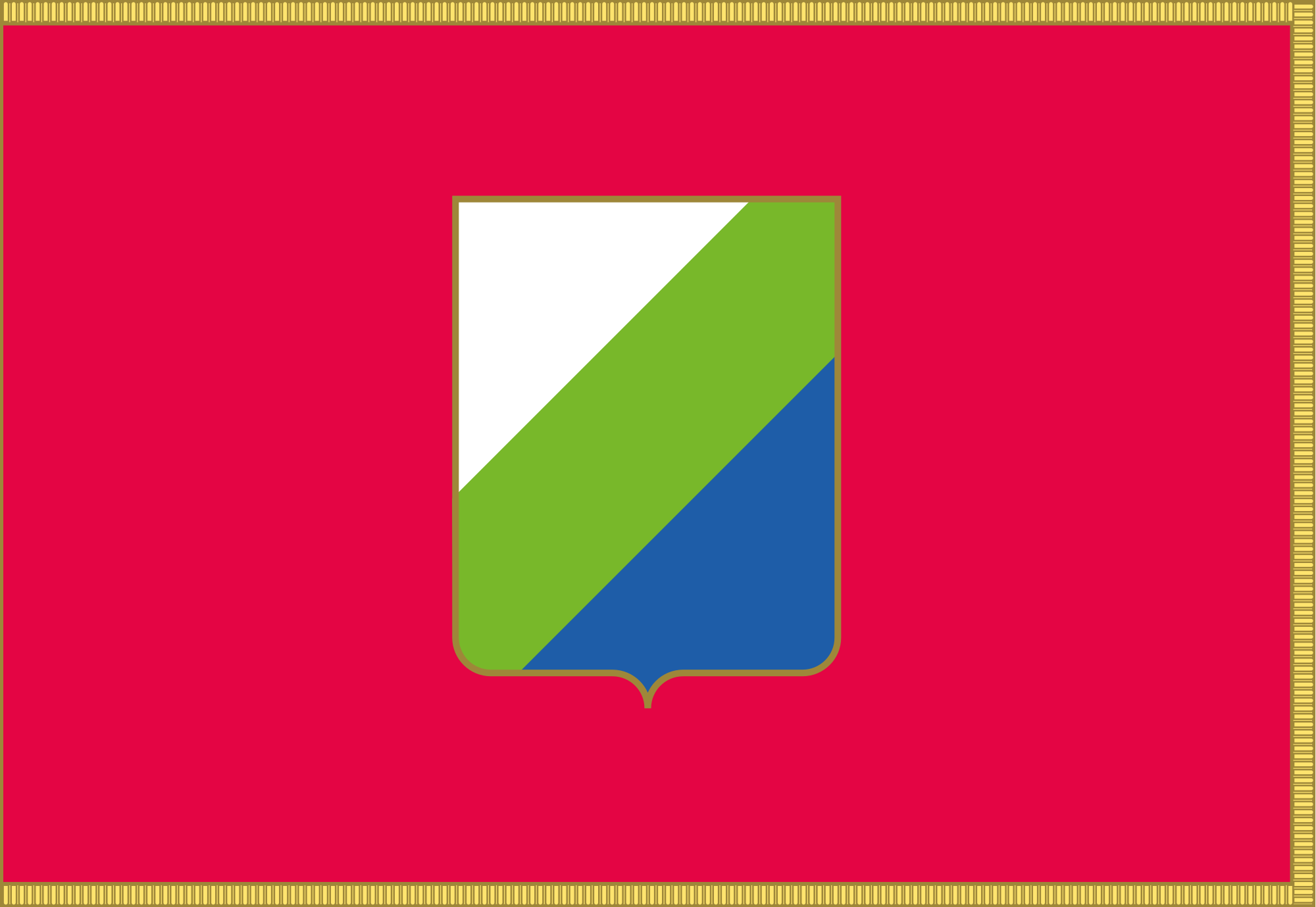 Abruzzo
Abruzzo

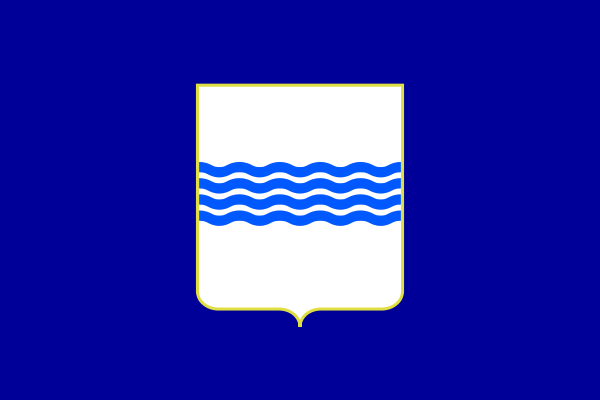 Basilicata
Basilicata
 Belgium
Belgium

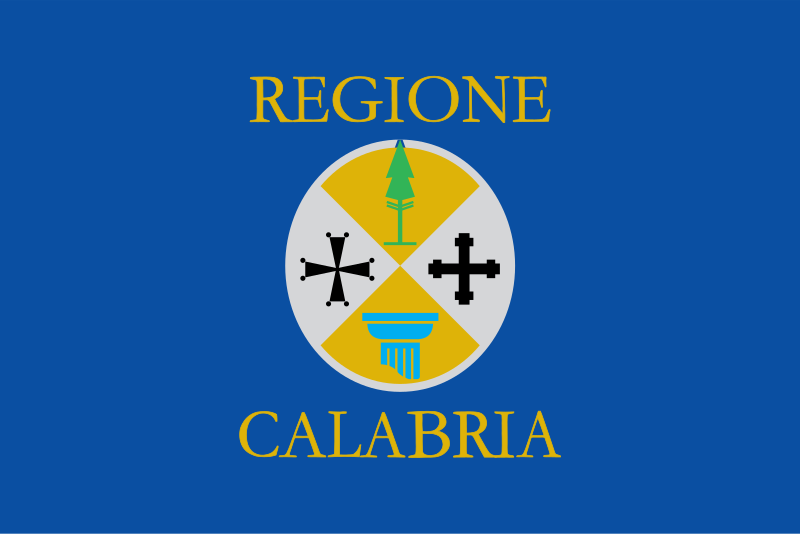 Calabria
Calabria

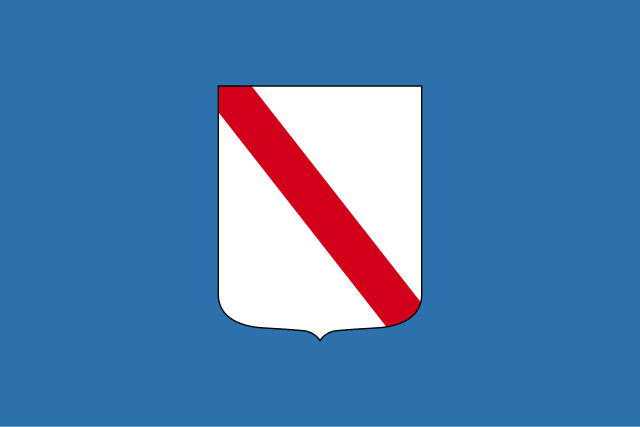 Campania
Campania
 Denmark
Denmark

 Emilia-Romagna
Emilia-Romagna
 France
France

 Friuli-Venezia Giulia
Friuli-Venezia Giulia
 Greece
Greece
 Israel
Israel
 Italy
Italy

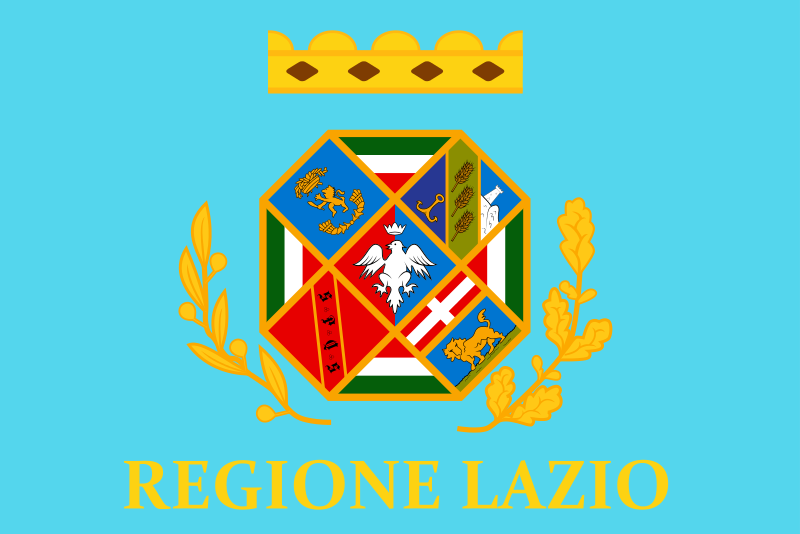 Lazio
Lazio

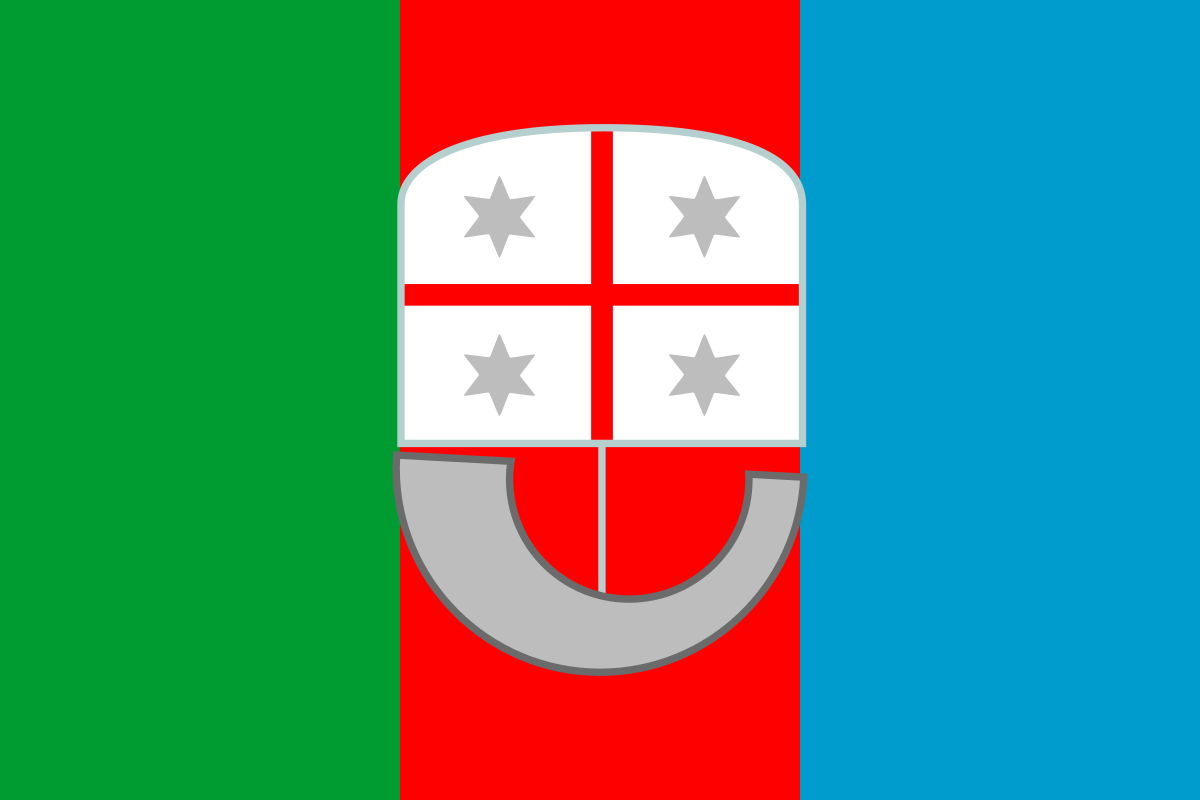 Liguria
Liguria

 Lombardia
Lombardia

 Marche
Marche

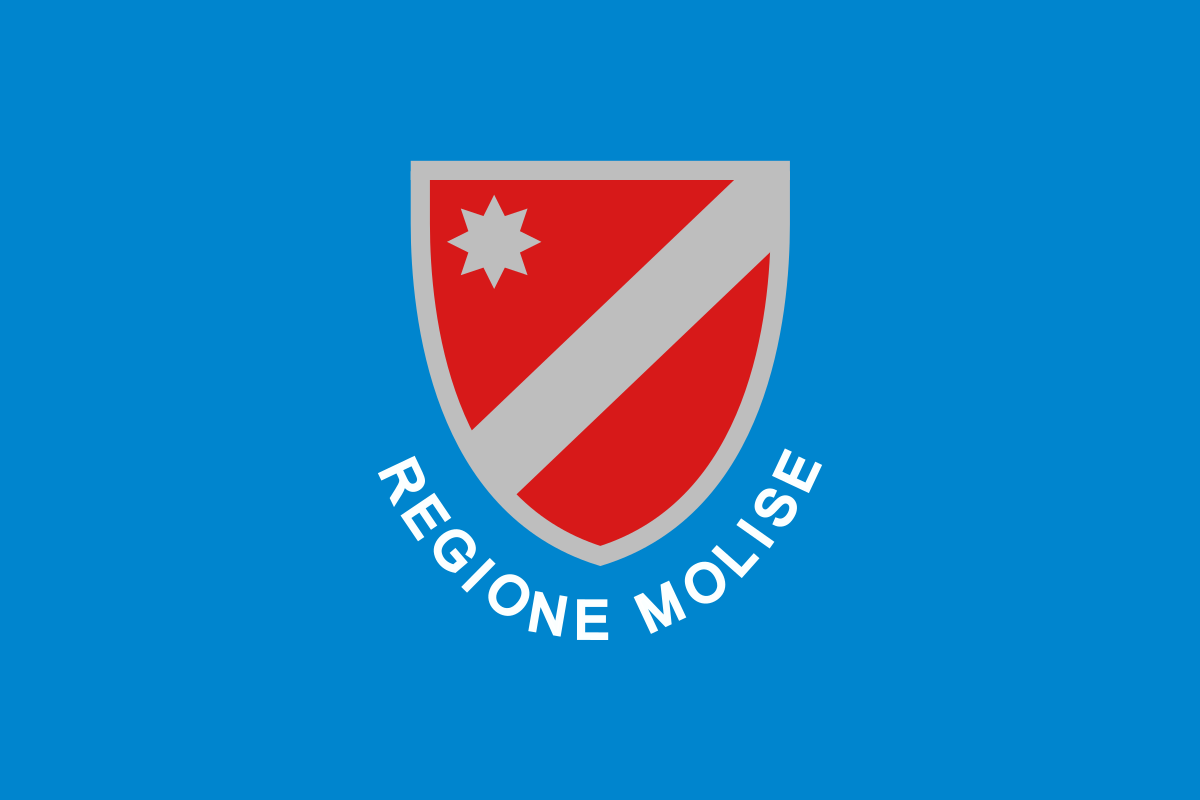 Molise
Molise
 Monaco
Monaco
 Netherlands
Netherlands
 Northern Ireland
Northern Ireland

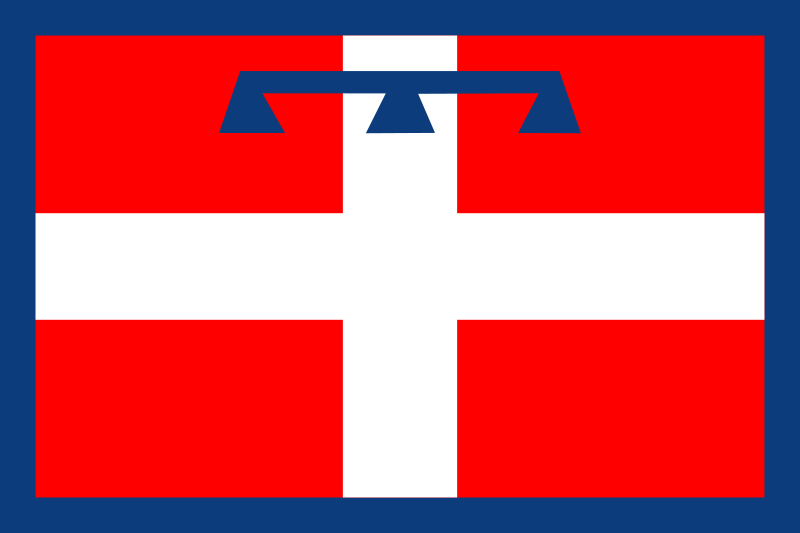 Piemonte
Piemonte

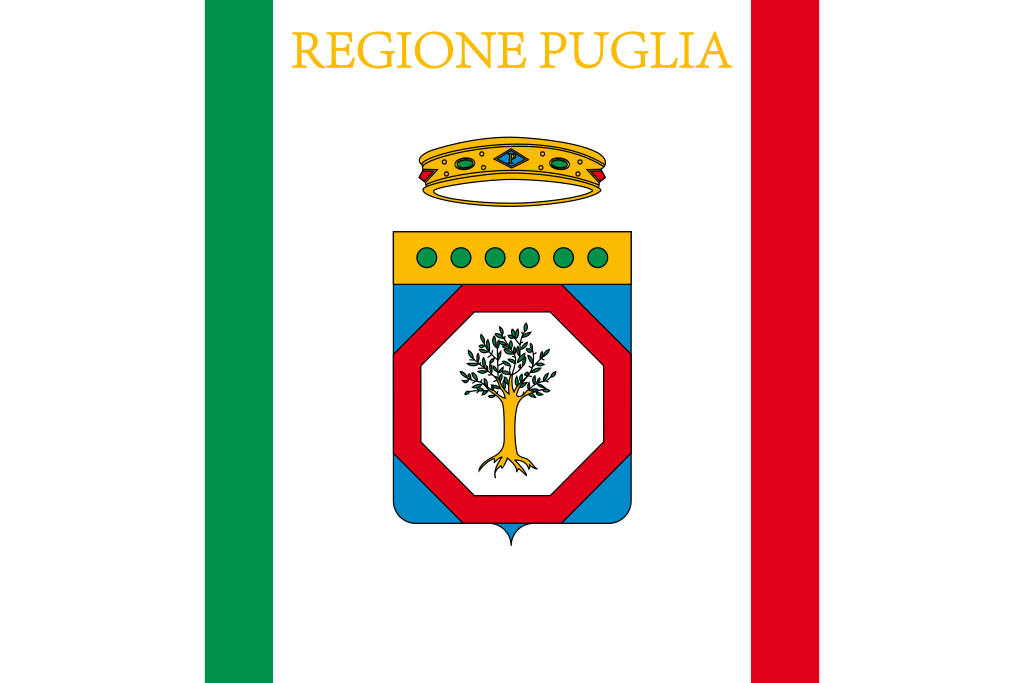 Puglia
Puglia
 San Marino
San Marino

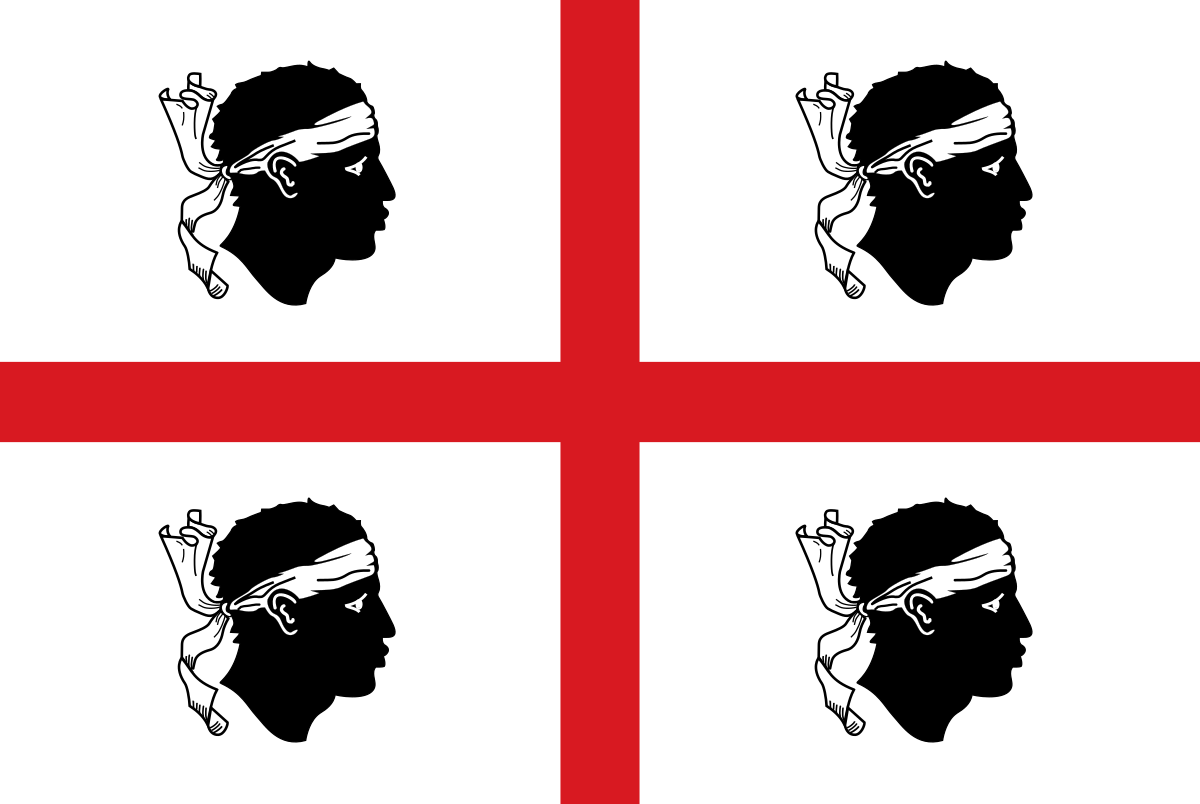 Sardegna
Sardegna

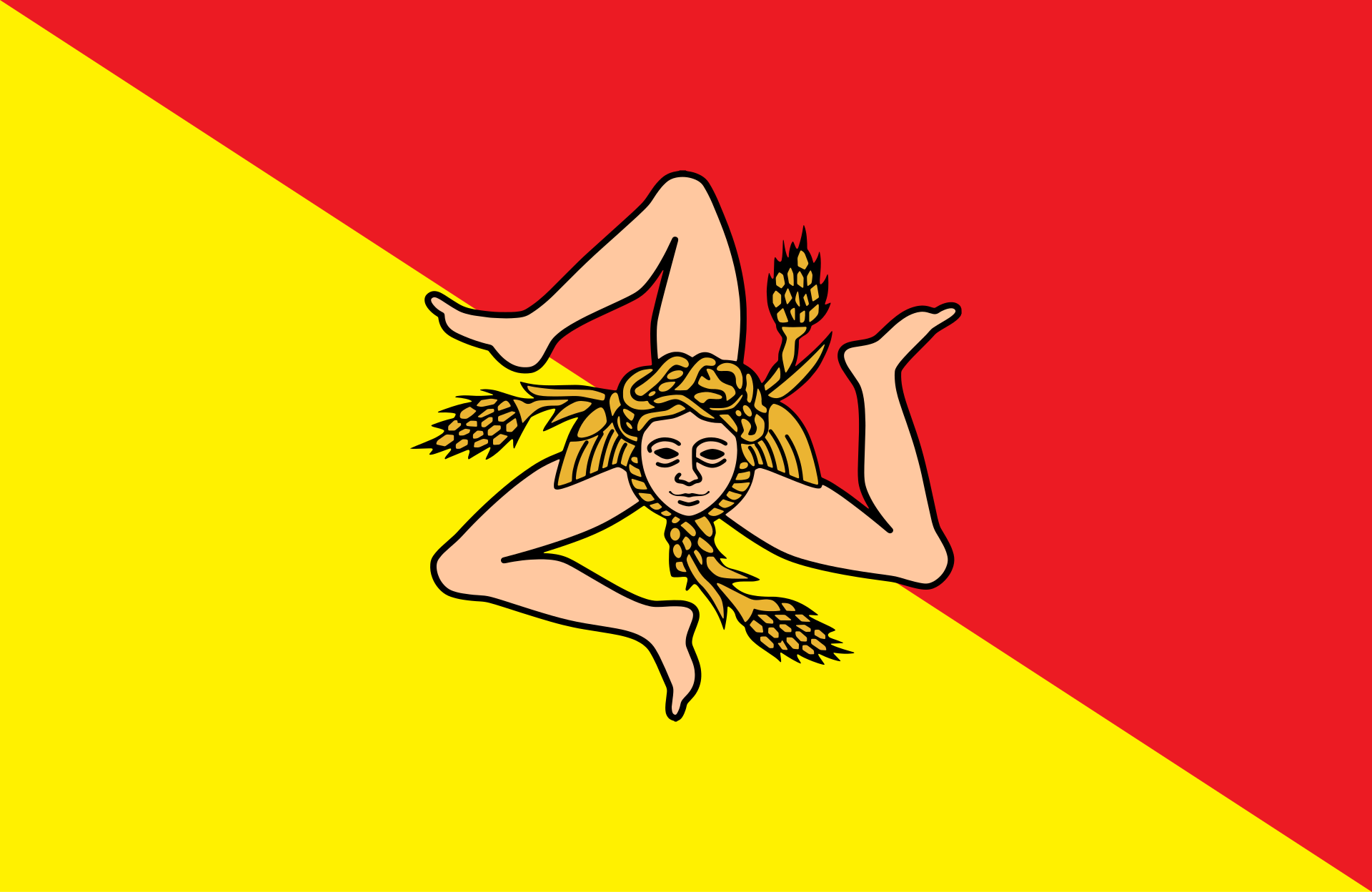 Sicilia
Sicilia

 Toscana
Toscana

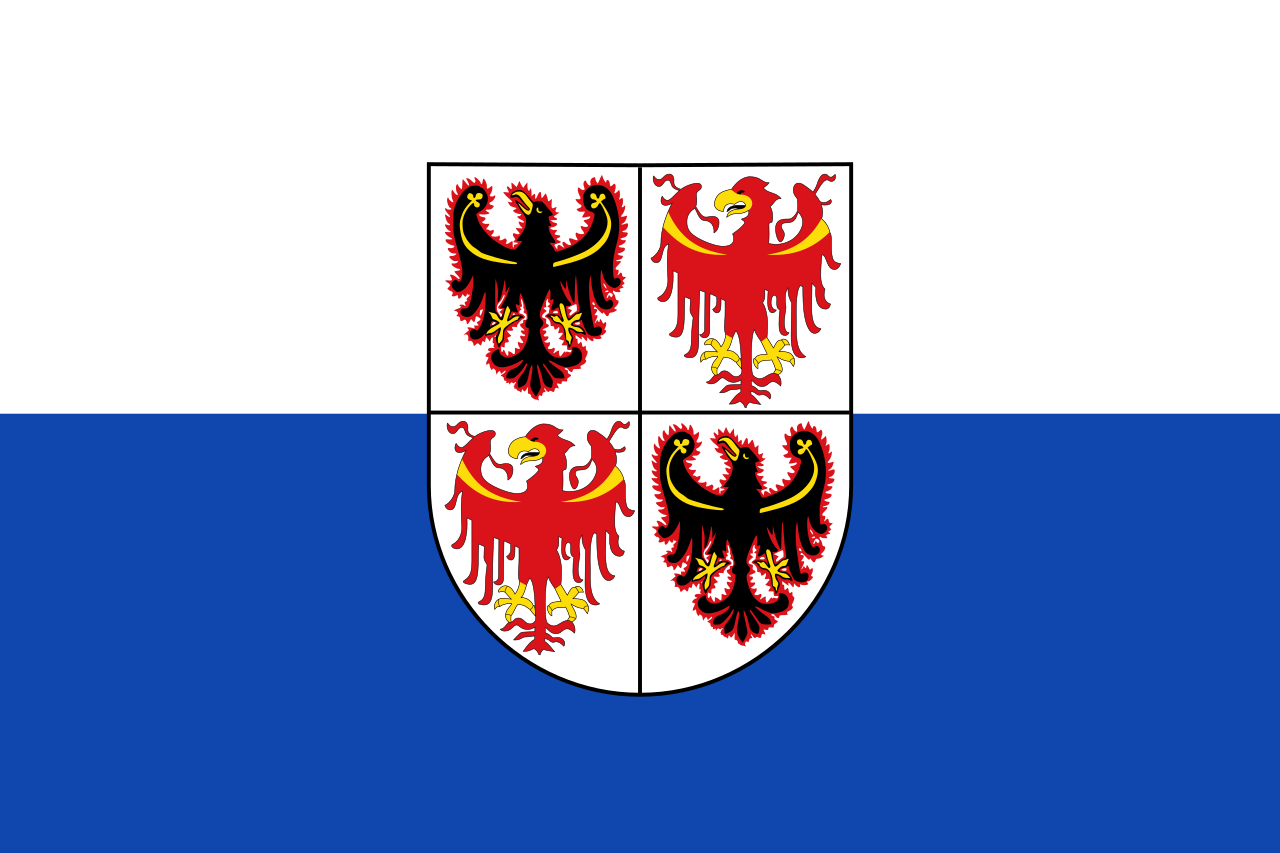 Trentino-Alto Adige
Trentino-Alto Adige
 UCI World Tour
UCI World Tour

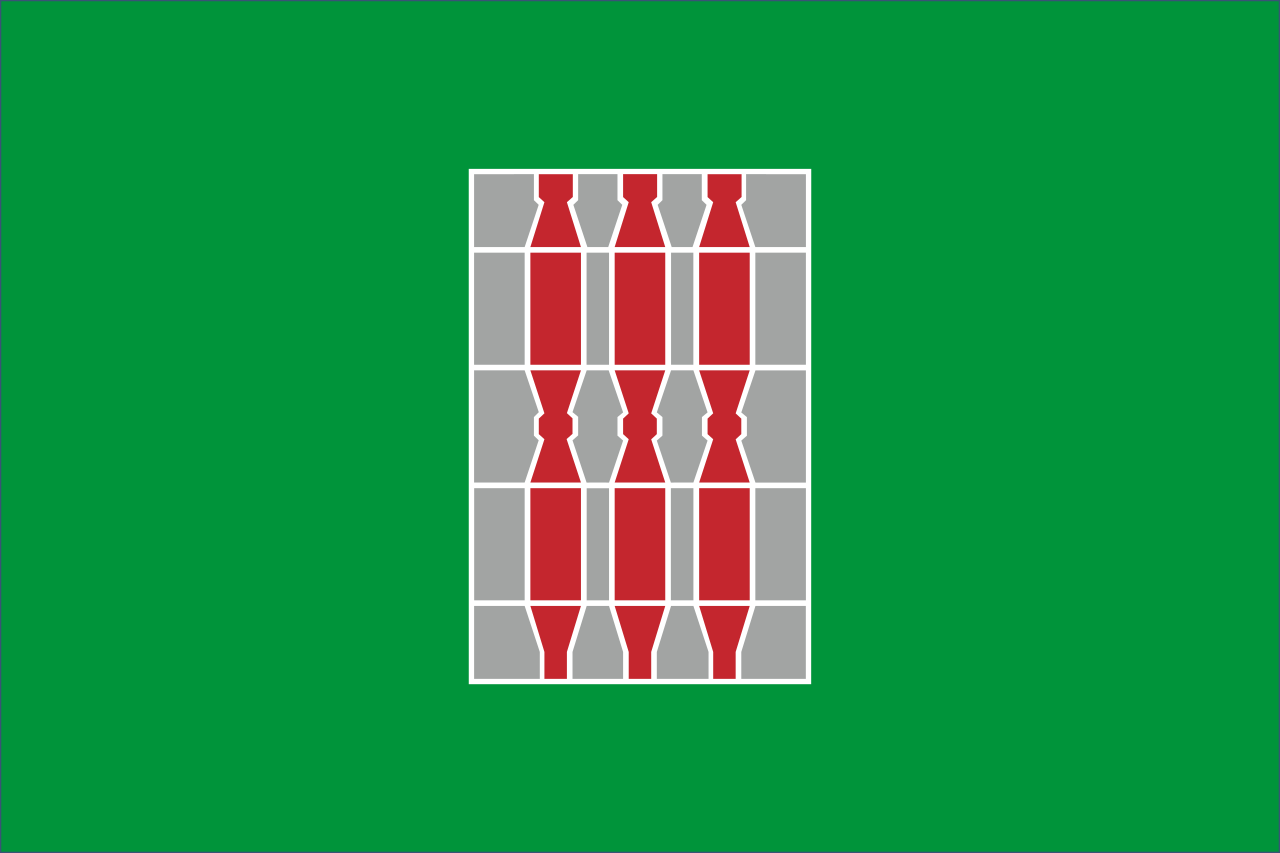 Umbria
Umbria

 Valle d´Aosta
Valle d´Aosta
 Vatican city
Vatican city

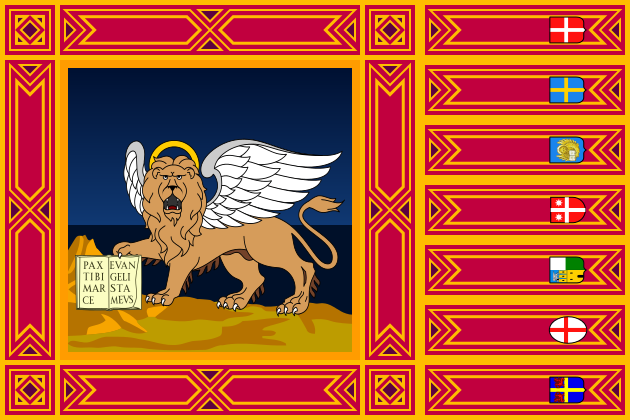 Veneto
Veneto
 United Kingdom
United Kingdom
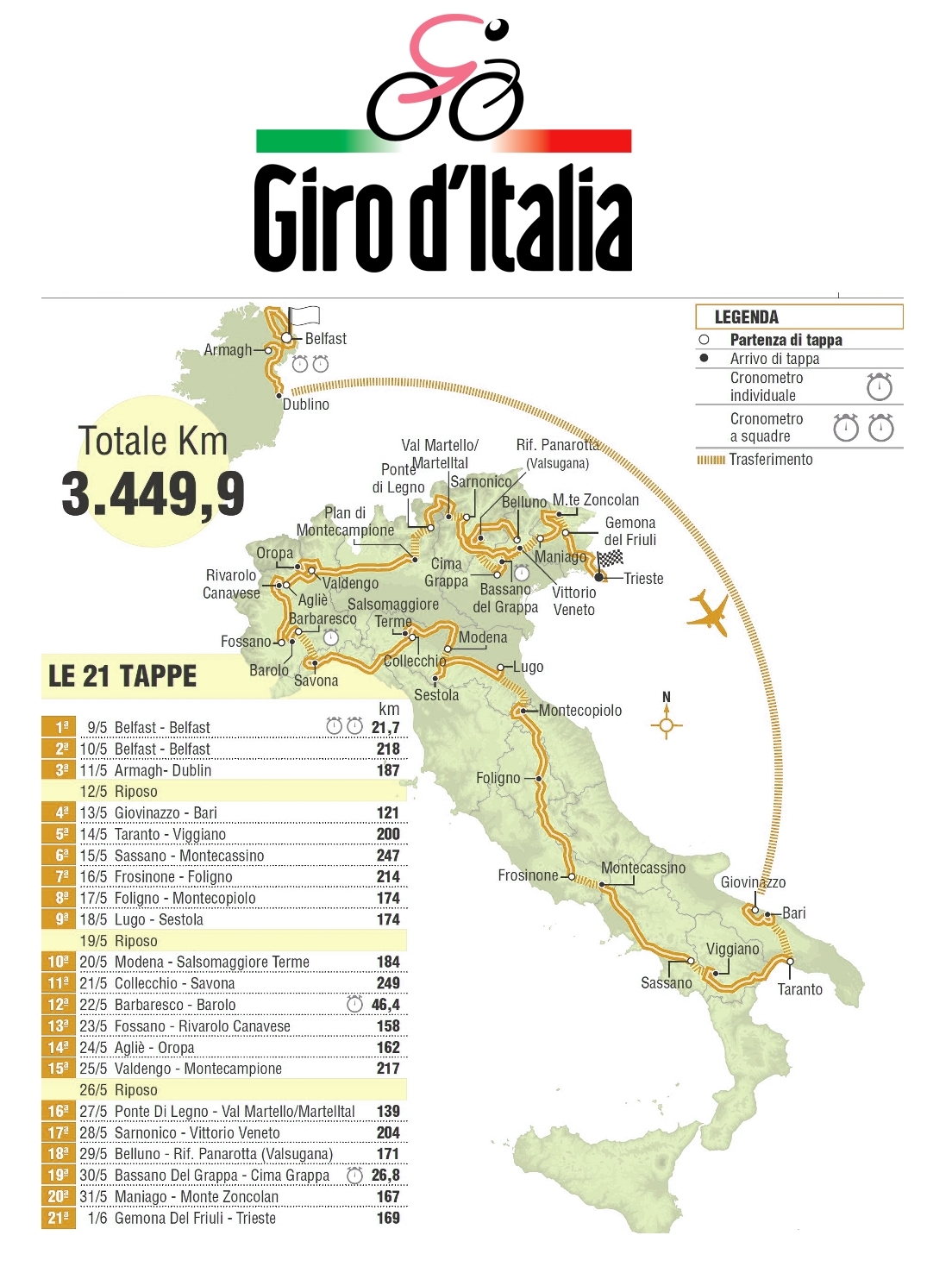
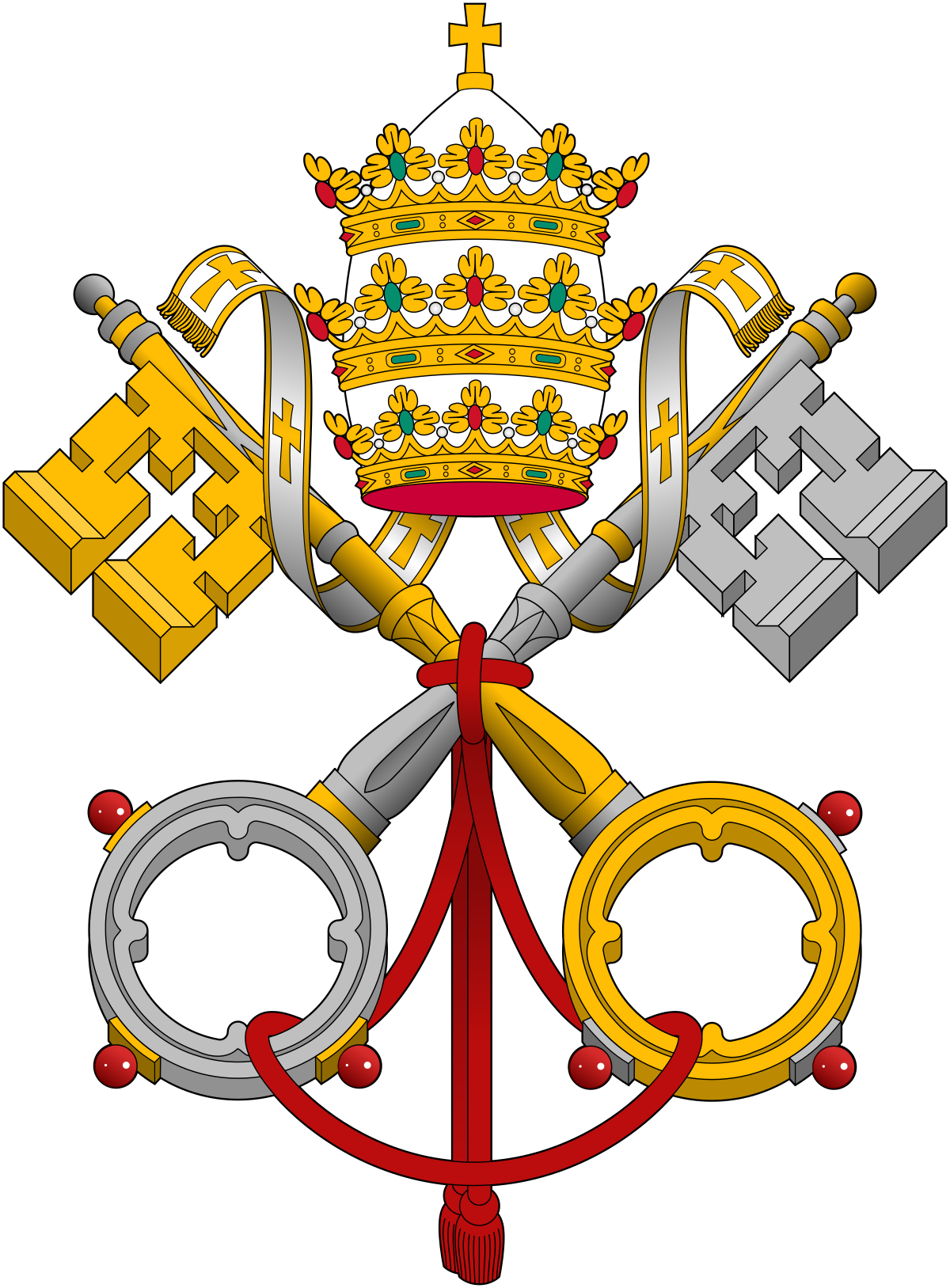
圣座(拉丁语:Sancta Sedes;意大利语:Santa Sede;拉丁语发音:[ˈsaŋkta ˈsedes])是罗马主教(即教宗)的教务职权,也是天主教会内超乎众教座之上的主教教座。就此,从外交上和其他方面而言,圣座之言行代表了整个天主教会,也获国际法的其他主体视为主权实体,由教宗领导,可与其缔结外交关系[注 1]。其行政机构统称为罗马教廷(中文常直称为“教廷”),为天主教会的运行和达到其目标而不断进行协调并提供所需的组织保障。
由于圣座的所在地及现今之主权管辖范围为梵蒂冈城国,各界常以“梵蒂冈”代称圣座;但严格来说,圣座不同于梵蒂冈城国,后者迟至1929年方才出现,而圣座的历史可远溯至基督教会发展早期。在国际关系中,各国大使不是获梵蒂冈城国而是获圣座所接受;圣座向各国和国际组织派出的外交代表处或使节,是代表圣座而非所谓梵蒂冈城国[3]。
Der Heilige Stuhl (lateinisch Sancta Sedes), auch Apostolischer Stuhl (lateinisch Apostolica Sedes), Päpstlicher Stuhl oder Stuhl Petri, ist der bischöfliche Stuhl der Diözese Rom. Als „nichtstaatliche souveräne Macht“ bildet er ein eigenes Völkerrechtssubjekt und vertritt in internationalen Beziehungen den Staat Vatikanstadt und die römisch-katholische Kirche. Neben dem Papst als personale Repräsentation gehören zum Heiligen Stuhl auch die Verwaltungseinrichtungen der Römischen Kurie.[1]
Die Verflechtungen zwischen Heiligem Stuhl, Vatikanstadt, Papsttum und römisch-katholischer Kirche sind weitreichend und nicht immer genau auseinanderzuhalten. Im umgangssprachlichen Gebrauch sind mit Vatikan meist der Heilige Stuhl beziehungsweise dessen Verwaltungsorgane gemeint.
Die Bezeichnung „Stuhl“ leitet sich von der Kathedra des Bischofs ab, ein seit der Antike überliefertes Symbol der Vollmacht eines öffentlichen Amtsträgers. Der Bischofssitz in Rom wird auf die legendenhafte Gründung einer ersten christlichen Gemeinde durch den Apostel Petrus zurückgeführt, weshalb diesem im gesamten Christentum eine besondere Stellung zukommt (Papstprimat, Pentarchie). In der Alten Kirche wurde die Bezeichnung heiliger Stuhl synonym zu bischöflicher Stuhl für jeden Bischofssitz verwendet, erst später hat sie sich auf den besonders bedeutsamen römischen Bischofsstuhl fokussiert und wird seit dem 19. Jahrhundert nahezu ausschließlich auf diesen bezogen.[2]
聖座(せいざ、ラテン語: Sancta Sedes, 英語: Holy See)とは、ローマ・カトリック教会の用語[1]で、ローマ教皇(教皇)が持つ権威(または職権)のうち、最高のものとされるもの。カトリック教会においてこの権威は、首位権および不可謬性が成り立つと考えられている。ただし、単に裁治権においての首位を有する権威を指す場合はローマ使徒座として区別される[要出典]。語源的にはローマ教皇の着座式に由来している[2]。
ただし、「聖座」との日本語訳は専ら日本のカトリック教会によってローマ教皇庁を指すものとして使われるが、英語: Holy See(「聖なる主教座」の意)は、東方諸教会の総主教、カトリコスによっても使われる称号である[3][4][5]。
ローマカトリック内にあっても、マインツ大司教はドイツ語: Heilige Stuhl、すなわち「聖座」との称号を有しているが[6]、カトリック教会内で単に「聖座」と言った場合は、ローマ教皇を指す。
日本の外務省では、法王聖座という用語を用い、ローマ教皇及びローマ教皇庁を総称した概念としている。また、バチカンは、ローマ教皇を国家元首とする独立国家であるバチカン市国と、法王聖座との総称であるとしている[7]。国際連合においてバチカンを代表する国際連合総会オブザーバーとしての名義も聖座(Holy See)とされている。
The Holy See (Latin: Sancta Sedes, Ecclesiastical Latin: [ˈsaŋkta ˈsedes]; Italian: Santa Sede [ˈsanta ˈsɛːde]), also called the See of Rome, refers to the jurisdiction of the Bishop of Rome, known as the pope, which includes the apostolic episcopal see of the Diocese of Rome with universal ecclesiastical jurisdiction of the worldwide Catholic Church, as well as a sovereign entity of international law.
Founded in the first century by Saints Peter and Paul, by virtue of Petrine and papal primacy according to Catholic tradition, it is the focal point of full communion for Catholic Christians around the world. As a sovereign entity, the Holy See is headquartered in, operates from, and exercises "exclusive dominion" over the independent Vatican City State enclave in Rome, Italy, of which the pope is sovereign. It is organized into polities of the Latin Church and the 23 Eastern Catholic Churches, and their dioceses and religious institutes.
The Holy See is administered by the Roman Curia (Latin for Roman Court), which is the central government of the Catholic Church.[6][7] The Roman Curia includes various dicasteries, comparable to ministries and executive departments, with the Cardinal Secretary of State as its chief administrator. Papal elections are carried out by the College of Cardinals.
Although the Holy See is sometimes metonymically referred to as the "Vatican", the Vatican City State was distinctively established with the Lateran Treaty of 1929, between the Holy See and Italy, to ensure the temporal, diplomatic, and spiritual independence of the papacy.[citation needed] As such, papal nuncios, who are papal diplomats to states and international organizations, are recognized as representing the Holy See not the Vatican City State, as prescribed in the Canon law of the Catholic Church; and therefore the integrity of the Catholic Church along with its 1.3 billion members. The Holy See is thus viewed as the central government of the Catholic Church.[7] The Catholic Church, in turn, is the largest non-government provider of education and health care in the world.[8] The diplomatic status of the Holy See facilitates the access of its vast international network of charities.
The Holy See maintains bilateral diplomatic relations with 172 sovereign states, signs concordats and treaties, and performs multilateral diplomacy with multiple intergovernmental organizations, including the United Nations and its agencies, the Council of Europe, the European Communities, the Organization for Security and Co-operation in Europe, and the Organization of American States.[9][10]
Le Saint-Siège, ou Siège apostolique, est une personne morale représentant le pape et la curie romaine1. C'est un sujet de droit international qui entretient des relations diplomatiques avec les États et qui est membre d'organisations internationales ou y est représenté1.
Son existence remonte à celle de la papauté ainsi qu'à la structuration, à partir du XIe siècle, de la curie romaine et d'une diplomatie pontificale. Celle-ci a d'abord été faite de relations diplomatiques entre le pape et les souverains, rois et empereurs, puis avec les États modernes à mesure de leur constitution dans l'histoire. Sur le plan du droit international, le Saint-Siège existe aujourd'hui comme « sujet de droit primaire » à l'égal des États, c'est-à-dire qu'il est reconnu par les États mais ne doit pas son existence à cette reconnaissance1.
L'existence du Saint-Siège est liée à la personne du pape et non pas à un territoire. Ainsi, le Saint-Siège est resté un sujet de droit international entre 1870, date de la fin des États pontificaux, et 1929, date de l'instauration de l'État du Vatican par les accords du Latran. Le Saint-Siège et le Vatican sont deux entités distinctes bien qu'elles aient l'une et l'autre le pape à leur tête1. Le Vatican se compose du Saint-Siège, entité spirituelle et l’État de la cité du Vatican, entité temporelle. Le lien entre ces deux entités est le pape, chef du spirituel et du temporel, disposant du pouvoir absolu (exécutif, législatif et judiciaire)2. Les représentants du Saint-Siège auprès des États et des organismes internationaux sont les nonces ou des délégués apostoliques. L'annuaire pontifical 2009 indique que ce corps diplomatique compte 177 nonces et 8 délégués apostoliques.
La Santa Sede (o Sede Apostolica) è l'ente, dotato di personalità giuridica in diritto internazionale, preposto al governo della Chiesa cattolica.
La Santa Sede è una delle antiche cinque sedi apostoliche, delle quali è la maggiore; fa capo al papa, attualmente il Sommo Pontefice Francesco, al secolo Jorge Mario Bergoglio, e nei periodi in cui la sede papale è vacante per morte o rinuncia del Papa, la Santa Sede viene governata dal Sacro Collegio.
Secondo il codice di diritto canonico, «con il termine Santa Sede o Sede Apostolica [...] si intende il supremo organo di governo della Chiesa cattolica»[1], e cioè
- in senso stretto, l'ufficio proprio del Papa, il quale, secondo il can. 331, «in forza del suo ufficio, ha potestà ordinaria suprema, piena, immediata e universale sulla Chiesa»;
- in senso largo, l'insieme degli organismi attraverso cui il Pontefice governa la Chiesa cattolica, ossia la Curia romana.[2]
«Col nome di Sede Apostolica o Santa Sede si intendono nel codice non solo il Romano Pontefice, ma anche, se non risulta diversamente dalla natura della questione o dal contesto, la Segreteria di Stato, il Consiglio per gli Affari Pubblici della Chiesa e gli altri Organismi della Curia Romana.»
Dal punto di vista di diritto internazionale, la Santa Sede è un'entità distinta dallo Stato della Città del Vaticano, che è il territorio di 0,44 km² su cui la Santa Sede esercita la sovranità. Lo Stato della Città del Vaticano ha natura di Stato patrimoniale con la finalità di dare indipendenza e sovranità alla Santa Sede e ha quindi funzione strumentale alla missione della Santa Sede. La sua sovranità è dunque limitata.[3][4]
Le ambasciate estere, infatti, sono accreditate presso la Santa Sede e non presso lo Stato della Città del Vaticano, poiché quest'ultimo non gode di piena sovranità internazionale. La Santa Sede gode della sovranità nelle relazioni internazionali quale caratteristica relativa alla sua natura in conformità alle sue tradizioni e alle richieste della sua missione. La minima base territoriale è detta necessaria per garantire una sufficiente autonomia dei suoi organi istituzionali.
L'Italia, in forza dell'articolo 3 del Trattato Lateranense stipulato nel 1929, riconosce alla Santa Sede la «piena proprietà esclusiva ed assoluta potestà e giurisdizione sovrana» sulla Città del Vaticano.[3]
Secondo una sentenza della Corte di Cassazione italiana la situazione giuridica della Santa Sede è espressa in questi termini:
«Alla Santa Sede, nella quale si concentra la rappresentanza della Chiesa cattolica e dello Stato della Città del Vaticano, è stata riconosciuta la soggettività internazionale ad entrambi i titoli e quest'ultima non è venuta meno neppure nel periodo in cui era cessata la titolarità di qualsiasi potere statuale.»
La Santa SedeNota 1 (en latín, Sancta Sedes) es la sede del obispo de Roma, el papa, que ocupa un lugar preeminente entre las demás sedes episcopales de la Iglesia católica; constituye el gobierno central de la Iglesia,2 por quien actúa y habla, y es reconocida internacionalmente como una entidad soberana.3 La Santa Sede es a su vez la expresión con la que se alude a la posición del papa como cabeza suprema de la Iglesia católica,2 cuyos orígenes se remontan a los primeros tiempos del cristianismo.
La Santa Sede se encuentra formada por el papa y los distintos organismos de la Curia Romana.4 El papa se sirve de la Curia y tramita por medio de ella los asuntos eclesiales, por lo que esta realiza su labor en nombre y bajo la autoridad del sumo pontífice, para el correcto funcionamiento de la Iglesia y el logro de sus objetivos.5 La Curia Romana está compuesta por un grupo de instituciones, denominadas genéricamente dicasterios,6 entre los que se encuentran la Secretaría de Estado, las Congregaciones, los Tribunales y los Consejos pontificios.
La Curia Romana tiene la función de ayudar al papa en su gobierno de la Iglesia universal y de las iglesias particulares; no tiene, sin embargo, una misión pastoral específica para la diócesis de Roma, por lo que para las necesidades espirituales de la diócesis existe el vicariato de Roma, frente al que se sitúa el cardenal vicario, que gobierna el territorio italiano de dicha diócesis con potestad vicaria del sumo pontífice. Para el territorio concreto de la Ciudad del Vaticano, dentro de la misma diócesis, existe otro vicariato a cuyo frente se encuentra otro vicario general.7
La personalidad jurídica de la Santa Sede le permite mantener relaciones diplomáticas con otros Estados, firmar tratados y enviar y recibir representantes diplomáticos, algo que se remonta a varios siglos atrás. Ya desde finales del siglo XV comenzó a recibir con cierta estabilidad enviados diplomáticos, y en el siglo XVI empezaron a constituirse representaciones permanentes.2 En la actualidad, además, participa en organismos internacionales como las Naciones Unidas.8
La Santa Sede posee plena propiedad y soberanía exclusiva sobre la Ciudad del Vaticano,2 un Estado establecido en 1929, tras la firma de los Pactos de Letrán, con el objeto de ser instrumento de la independencia de la Santa Sede y de la Iglesia católica respecto a cualquier otro poder externo.9 De forma abstracta, además de ser la Santa Sede el supremo gobierno y representación de la Iglesia, también lo es de la Ciudad del Vaticano.Nota 2 Otros territorios fuera de la Ciudad del Vaticano también cuentan con estatus de extraterritorialidad en favor de la Santa Sede.
Свято́й Престо́л[1], или Папский Престол (лат. Sancta Sedes, итал. la Santa Sede), — официальное собирательное название Папы Римского и Римской курии.
Святой Престол является суверенным субъектом в статусе persona sui generis. Святой Престол также владеет собственной вспомогательной суверенной территорией, городом-государством Ватикан, которая управляется от имени римского понтифика губернатором (называется президентом комиссии понтифика в Ватикане). Эту должность всегда занимает кардинал Римской курии, назначаемый папой.
Суверенитет Ватикана, подтверждённый в Латеранских соглашениях 1929 года с королевством Италия, проистекает от постоянного светского суверенитета Святого Престола, который насчитывает около полутора тысяч лет (установлен папой Григорием Великим в 601 году), являясь древнейшей суверенной единицей из существующих ныне в мире.
Суверенитет Святого Престола признан в международном праве как самостоятельный и совершенно не зависящий от наличия суверенной территории (persona sui generis). Все дипломатические отношения устанавливаются не с городом-государством Ватикан, а со Святым Престолом. Дипломатические миссии иностранных государств аккредитуются при Святом Престоле. Дипломатические миссии Святого Престола называются апостольскими нунциатурами и возглавляются апостольскими нунциями (статус чрезвычайного и полномочного посла) или апостольскими про-нунциями (статус чрезвычайного посланника и полномочного министра). Святой Престол является постоянным наблюдателем при ООН.
Святой Престол — теократическая выборная монархия, возглавляемая Папой Римским, избираемым конклавом (коллегией кардиналов) пожизненно. Папа Римский имеет три нераздельные функции:
- Как светский суверен в статусе монарха (с квалификацией суверенного князя);
- Как римский епископ он является главой католической церкви и её высшим правящим иерархом;
- Как суверен города-государства Ватикан (вспомогательной территории в статусе суверенного княжества).
Правительством Святого Престола является Римская курия, которая состоит из государственного секретариата (разделённого на две секции — общих дел и иностранных дел), комиссий и конгрегаций.


意大利语(Italiano),中文也简称为意语,隶属于印欧语系的罗曼语族。现有7千万人日常用意大利语,大多是意大利居民。另有28个国家使用意大利语,其中4个立它为官方语言。标准意大利语源自于托斯卡纳语中的佛罗伦萨方言,发音处于意大利中北部方言之间。标准音近来稍微加进了经济较为发达的米兰地区口音。在作曲领域中,亦使用为数不少的意大利文字词。意大利语和拉丁语一样,有长辅音。其他的罗曼语族语言如西班牙语、法语已无长辅音。
Italienisch (Italienisch lingua italiana, italiano [itaˈli̯aːno]) ist eine Sprache aus dem romanischen Zweig der indogermanischen Sprachen. Innerhalb dieses Sprachzweiges gehört das Italienische zur Gruppe der italoromanischen Sprachen.
イタリア語(イタリアご、Italiano [itaˈljaːno] (![]() 音声ファイル), Lingua italiana)は、インド・ヨーロッパ語族イタリック語派に属する言語の1つで、おおよそ6千万人ほどが日常的に使用しており、そのほとんどがイタリアに住んでいる。後置修飾で、基本語順はSVO。イタリアは漢字で「伊太利亜」と表記することから、「伊太利亜語」を略記し伊語と称される。
音声ファイル), Lingua italiana)は、インド・ヨーロッパ語族イタリック語派に属する言語の1つで、おおよそ6千万人ほどが日常的に使用しており、そのほとんどがイタリアに住んでいる。後置修飾で、基本語順はSVO。イタリアは漢字で「伊太利亜」と表記することから、「伊太利亜語」を略記し伊語と称される。
Italian (italiano [itaˈljaːno] (![]() listen) or lingua italiana [ˈliŋɡwa itaˈljaːna]) is a Romance language of the Indo-European language family. Italian is, by most measures and together with Sardinian, the closest language to Latin, from which it descends via Vulgar Latin.[6] Italian is an official language in Italy, Switzerland (where it is the main language of Ticino and southern Grisons[note 1]), San Marino and Vatican City. It has an official minority status in western Istria (Croatia and Slovenia). It formerly had official status in Albania, Malta, Monaco, Montenegro (Kotor), Greece (Ionian Islands and Dodecanese) and is generally understood in Corsica (due to its close relation with the Tuscan-influenced local language) and Savoie. It also used to be an official language in the former Italian East Africa and Italian North Africa, where it still plays a significant role in various sectors. Italian is also spoken by large expatriate communities in the Americas and Australia.[7] Italian is included under the languages covered by the European Charter for Regional or Minority languages in Bosnia and Herzegovina and in Romania, although Italian is neither a co-official nor a protected language in these countries.[8][9] Many speakers of Italian are native bilinguals of both Italian (either in its standard form or regional varieties) and other regional languages.[10]
listen) or lingua italiana [ˈliŋɡwa itaˈljaːna]) is a Romance language of the Indo-European language family. Italian is, by most measures and together with Sardinian, the closest language to Latin, from which it descends via Vulgar Latin.[6] Italian is an official language in Italy, Switzerland (where it is the main language of Ticino and southern Grisons[note 1]), San Marino and Vatican City. It has an official minority status in western Istria (Croatia and Slovenia). It formerly had official status in Albania, Malta, Monaco, Montenegro (Kotor), Greece (Ionian Islands and Dodecanese) and is generally understood in Corsica (due to its close relation with the Tuscan-influenced local language) and Savoie. It also used to be an official language in the former Italian East Africa and Italian North Africa, where it still plays a significant role in various sectors. Italian is also spoken by large expatriate communities in the Americas and Australia.[7] Italian is included under the languages covered by the European Charter for Regional or Minority languages in Bosnia and Herzegovina and in Romania, although Italian is neither a co-official nor a protected language in these countries.[8][9] Many speakers of Italian are native bilinguals of both Italian (either in its standard form or regional varieties) and other regional languages.[10]
Italian is a major European language, being one of the official languages of the Organization for Security and Co-operation in Europe and one of the working languages of the Council of Europe. It is the second most widely spoken native language in the European Union with 67 million speakers (15% of the EU population) and it is spoken as a second language by 13.4 million EU citizens (3%).[1][2] Including Italian speakers in non-EU European countries (such as Switzerland, Albania and the United Kingdom) and on other continents, the total number of speakers is approximately 85 million.[11] Italian is the main working language of the Holy See, serving as the lingua franca (common language) in the Roman Catholic hierarchy as well as the official language of the Sovereign Military Order of Malta. Italian is known as the language of music because of its use in musical terminology and opera; numerous Italian words referring to music have become international terms taken into various languages worldwide.[12] Its influence is also widespread in the arts and in the food and luxury goods markets.
Italian was adopted by the state after the Unification of Italy, having previously been a literary language based on Tuscan as spoken mostly by the upper class of Florentine society.[13] Its development was also influenced by other Italian languages and, to some minor extent, by the Germanic languages of the post-Roman invaders. The incorporation into Italian of learned words from its own ancestor language, Latin, is another form of lexical borrowing through the influence of written language, scientific terminology and the liturgical language of the Church. Throughout the Middle Ages and into the early modern period, most literate Italians were also literate in Latin and thus they easily adopted Latin words into their writing—and eventually speech—in Italian. Unlike most other Romance languages, Italian retains Latin's contrast between short and long consonants. Almost all native Italian words end with vowels, a factor that makes Italian words extremely easy to use in rhyming. Italian has a 7 vowel sound system ('e' and 'o' have mid-low and mid-high sounds); Classical Latin had 10, 5 with short and 5 with long sounds.
L'italien (en italien : italiano) est une langue appartenant au groupe des langues romanes de la famille indo-européenne. Il existe un très grand nombre de dialectes italo-romans.
Comme beaucoup de langues nationales, l'italien moderne est un dialecte qui a « réussi » en s'imposant comme langue propre à une région beaucoup plus vaste que sa région dialectale originelle. En l'occurrence, c'est le dialecte toscan, de Florence, Pise et Sienne, qui s'est imposé, quoique dans sa forme illustre (koinè littéraire à base florentine enrichie par des apports siciliens, latins et d'autres régions italiennes), non pas pour des raisons politiques comme c'est souvent le cas, mais en raison du prestige culturel qu'il véhiculait. Le toscan est en effet la langue dans laquelle ont écrit Dante Alighieri, Pétrarque et Boccace, considérés comme les trois plus grands écrivains italiens de la fin du Moyen Âge. C'est aussi la langue de la ville de Florence, réputée pour sa beauté architecturale et son histoire prospère. C'est donc sans surprise que l'italien fut pendant longtemps la langue internationale de la culture et des arts, et que le vocabulaire de toutes les langues européennes conserve jusqu'à nos jours un grand nombre de termes italiens (notamment en musique, lesquels sont même repris dans d'autres langues comme le japonais).
Les normes générales de grammaire italienne ne furent pourtant fixées qu'à la Renaissance, avec la réforme linguistique de Pietro Bembo, érudit vénitien collaborateur d'Alde Manuce, qui en exposa les idées fondamentales dans Gli Asolani.
L'italiano ([itaˈljaːno][Nota 1] ) è una lingua romanza parlata principalmente in Italia.
È classificato al 27º posto tra le lingue per numero di parlanti nel mondo e, in Italia, è utilizzato da circa 58 milioni di residenti.[2] Nel 2015 era la lingua materna del 90,4% dei residenti in Italia,[3] che spesso lo acquisiscono e lo usano insieme alle varianti regionali dell'italiano, alle lingue regionali e ai dialetti. In Italia viene ampiamente usato per tutti i tipi di comunicazione della vita quotidiana ed è largamente prevalente nei mezzi di comunicazione nazionali, nell'amministrazione pubblica dello Stato italiano e nell'editoria.
Oltre ad essere la lingua ufficiale dell'Italia, è anche una delle lingue ufficiali dell'Unione europea,[Nota 2] di San Marino,[4] della Svizzera,[5] della Città del Vaticano e del Sovrano militare ordine di Malta. È inoltre riconosciuto e tutelato come "lingua della minoranza nazionale italiana" dalla Costituzione slovena e croata nei territori in cui vivono popolazioni di dialetto istriano.
È diffuso nelle comunità di emigrazione italiana, è ampiamente noto anche per ragioni pratiche in diverse aree geografiche ed è una delle lingue straniere più studiate nel mondo.[4]
Dal punto di vista storico l'italiano è una lingua basata sul fiorentino letterario usato nel Trecento.[6]
El italiano (![]() italiano (?·i) o lingua italiana) es una lengua romance procedente del latín hablado, especialmente de la variante toscana arcaica,3 y pertenece al grupo itálico de la familia italorromance, integrante a su vez las lenguas indoeuropeas. Es el idioma oficial de Italia, San Marino, Ciudad del Vaticano y uno de los cuatro idiomas nacionales helvéticos (con el alemán, el francés y el romanche). Es, además, lengua cooficial, con el croata, en el condado de Istria (Croacia), y con el esloveno en los municipios costeros del Litoral esloveno. En Somalia el uso del italiano como segunda lengua, junto al inglés, está regulado por la constitución transitoria de 2004 (art.6).4 El italiano es usado también, como primera o segunda lengua, por varios millones de inmigrantes italianos y sus descendientes esparcidos por el mundo, sobre todo en Europa. Se calcula que en el año 2006, unos 64 millones de ciudadanos comunitarios hablaban el italiano como lengua materna y 14,7 millones como segunda o tercera lengua.5 Núcleos consistentes de italófonos se encuentran también en América y, en menor medida, en África y Oceanía (escasa la presencia en Asia).6
italiano (?·i) o lingua italiana) es una lengua romance procedente del latín hablado, especialmente de la variante toscana arcaica,3 y pertenece al grupo itálico de la familia italorromance, integrante a su vez las lenguas indoeuropeas. Es el idioma oficial de Italia, San Marino, Ciudad del Vaticano y uno de los cuatro idiomas nacionales helvéticos (con el alemán, el francés y el romanche). Es, además, lengua cooficial, con el croata, en el condado de Istria (Croacia), y con el esloveno en los municipios costeros del Litoral esloveno. En Somalia el uso del italiano como segunda lengua, junto al inglés, está regulado por la constitución transitoria de 2004 (art.6).4 El italiano es usado también, como primera o segunda lengua, por varios millones de inmigrantes italianos y sus descendientes esparcidos por el mundo, sobre todo en Europa. Se calcula que en el año 2006, unos 64 millones de ciudadanos comunitarios hablaban el italiano como lengua materna y 14,7 millones como segunda o tercera lengua.5 Núcleos consistentes de italófonos se encuentran también en América y, en menor medida, en África y Oceanía (escasa la presencia en Asia).6
Италья́нский язы́к (italiano, lingua italiana) — официальный язык Италии, Ватикана (наряду с латинским), Сан-Марино и Швейцарии (наряду с немецким, французским и ретороманским). Признан вторым официальным языком в нескольких округах Хорватии и Словении.
Итальянский язык непосредственно восходит к народной латыни, распространённой на территории Италии. В Средние века, когда Италия была политически разъединена, общего литературного языка не существовало, хотя сохранились письменные памятники различных диалектов. Начиная с эпохи Ренессанса, наиболее престижным становится диалект Тосканы, а точнее — Флоренции, на котором писали Данте, Петрарка и Боккаччо. Тем не менее, высокообразованные люди продолжали называть итальянский язык «простонародным» — volgare, по контрасту с классической чистой латынью. С XVIII—XIX веков формируется единый итальянский литературный язык на основе тосканского диалекта, являющегося переходным между северными и южными идиомами. В то же время на территории Италии распространено множество диалектов, взаимопонимание между которыми может быть затруднено: североитальянские диалекты с исторической точки зрения являются галло-романскими, а южноитальянские — итало-романскими. Помимо диалектов, существует несколько региональных разновидностей итальянского литературного языка[4], а также ряд идиомов, считающихся отдельными языками, а не диалектами итальянского языка (в первую очередь сардинский и фриульский).
Строй итальянского языка достаточно типичен для романской семьи[5]. В фонологии сохраняется формальное противопоставление открытых и закрытых гласных, что обычно для новых романских языков (французский, португальский, каталонский), хотя его роль в фонематическом смыслоразличении невелика. В лексике помимо исконного латинского фонда присутствует множество поздних, «книжных» заимствований из латыни.


宗座科学院(意大利语:Pontificia accademia delle scienze,拉丁语:Pontificia Academia Scientiarum)是圣座的科学研究机构,[1]由教宗庇护十一世创建于1936年。[2]其目的是促进数学、物理和自然科学的进步以及相关认识论问题的研究。(“新猞猁之眼宗座学院”),成立于 1847 年,是由博学的罗马王子费德里科·塞西(Federico Cesi,1585–1630 年)于 1603 年在罗马建立的 猞猁之眼国家科学院 (Accademia dei Lincei)的继任机构,受到更严格的监督 ,塞西是一位年轻的植物学家和博物学家,并声称伽利略·伽利莱为院长。 猞猁之眼国家科学院作为一个完全独立的机构幸存下来[3]。
一些诺贝尔奖得主,如欧尼斯特·拉塞福、马克斯·普朗克、奥托·哈恩、尼尔斯·波耳、查尔斯·汤斯、朱棣文都是宗座科学院的院士。
Die Päpstliche Akademie der Wissenschaften (lat.: Pontificia Academia Scientiarum; it.: Pontificia Accademia delle Scienze; Abkürzung PAS) ist eine Päpstliche Akademie, die im Jahre 1603 gegründet und später im Jahre 1936 von Pius XI. wiederhergestellt wurde. Sie steht unter dem Schutz des regierenden Papstes. Ihr Ziel ist es, den Fortschritt in der Mathematik, Physik und Naturwissenschaften und das Studium der damit verbundenen erkenntnistheoretischen Probleme zu fördern. Die Ergebnisse der Treffen werden dem Papst mitgeteilt, der sich so über neueste wissenschaftliche Erkenntnisse informiert und diese wiederum in seine Entscheidungen und Botschaften einfließen lassen kann.
Die Akademie befindet sich im Casino di Pio IV im Herzen der Vatikanischen Gärten. Das Mitgliederverzeichnis enthält die angesehensten Namen der Wissenschaft des 20. Jahrhunderts wie Stephen Hawking, sowie einige Nobelpreisträger wie Ernest Rutherford, Max Planck, Niels Bohr, Otto Hahn und Charles Hard Townes.


La Chiesa cattolica (dal latino ecclesiastico catholicus, a sua volta dal greco antico καθολικός, katholikòs, cioè "universale"[2]) è la Chiesa cristiana che riconosce il primato di autorità al vescovo di Roma, in quanto successore dell'apostolo Pietro sulla cattedra di Roma. I suoi fedeli vengono chiamati cristiani cattolici.
È formata da 24 Chiese sui iuris, la Chiesa latina in Occidente e 23 Chiese di rito orientale[3][4], che sono in comunione con il Pontefice.
Il nome richiama l'universalità della Chiesa fondata a partire dalla predicazione di Gesù Cristo e dei suoi Apostoli, costituita dal "Popolo di Dio" a sua volta formato da "tutte le nazioni della terra"[5], la quale viene dichiarata sussistere in modo perfetto nella Chiesa cattolica visibilmente organizzata, e nella comunione dei battezzati (non macchiati dai peccati di eresia o di apostasia) senza tuttavia negare, almeno a partire dal Concilio Ecumenico Vaticano II, la presenza di elementi di santificazione e di verità nelle altre Chiese cristiane separate da essa con le quali ritiene invece di dover perseguire un'azione ecumenica[6] e il riconoscimento di valori spirituali presenti nelle altre religioni[7].
La formula latina subsistit in, impiegata dalla Lumen gentium, fu oggetto di molteplici interpretazioni e successivamente chiarita nel suo significato autentico dal dialogo fra la Conferenza episcopale spagnola e la Congregazione per la dottrina della fede[8][9] [10], e nella dichiarazione Dominus Iesus.[11] Tra le Chiese cristiane, secondo le statistiche, al 2007 contava il maggior numero di fedeli a livello mondiale, circa 1,2 miliardi, con un'alta percentuale in Europa e nelle Americhe.[12]
La Iglesia católicanota 1 (en latín: Ecclesia Catholica) es la Iglesia cristiana más numerosa.4 Está compuesta por 24 Iglesias sui iuris: la Iglesia latina y 23 Iglesias orientales,56 que se encuentran en completa comunión con el papa y que en conjunto reúnen a más de 1313 millones de fieles en el mundo.17
La Iglesia católica sostiene que en ella subsiste la única Iglesia fundada por Cristo,nota 2 encomendada por él al apóstol Pedro, a quien le confió su difusión y gobierno junto con los demás apóstoles.11 Por ello, se considera a sí misma como un «sacramento», un «signo e instrumento de la unión íntima con Dios y de la unidad de todo el género humano».12
La cabeza de la Iglesia católica es el obispo de Roma, el papa, considerado el sucesor del apóstol Pedro, quien según la tradición católica fue el primer papa. El papa actual, el número 266 en la historia de la Iglesia, es Francisco. La sede papal, conocida como la Santa Sede, ocupa un lugar preeminente entre las demás sedes episcopales y constituye el gobierno central de la Iglesia,13 por quien actúa y habla, y es reconocida a nivel internacional como una entidad soberana.14
A la Iglesia católica pertenecen todos los bautizados según sus ritos propios y que no hayan realizado un acto formal de apostasía.nota 3 Según los datos del Anuario Pontificio de 2019 referentes al año 2017, el número de bautizados miembros de la Iglesia es de 1313 millones, el 17,7 % de la población mundial.13 Se trata de una comunidad cristiana que se remonta a Jesús y a los doce apóstoles, por medio de una sucesión apostólica nunca interrumpida,16 también compartida con la Iglesia ortodoxa.nota 4
A lo largo de sus dos milenios de historia, la Iglesia católica ha influido en la filosofía occidental, la ciencia, el arte y la cultura. Entre sus enseñanzas se incluyen la difusión del Evangelio y la realización de obras de misericordia corporales y espirituales en atención a los enfermos, pobres y afligidos, como parte de su doctrina social. La Iglesia católica, de hecho, es la mayor proveedora no gubernamental de educación y servicios médicos del mundo.17
Католи́ческая церковь[4] (лат. Ecclesia Catholica), также известная в русском языке как Ри́мско-католи́ческая церковь (лат. Ecclesia Catholica Romana), — самая крупная христианская церковь в мире, насчитывающая более 1,25 миллиарда последователей[3]. Одна из старейших религиозных институций в мире, играла важную роль в истории западной цивилизации[5]. Отличается организационной централизацией и наибольшим числом приверженцев. Римско-католическая церковь, придерживающаяся западных литургических обрядов, вместе с двадцатью тремя восточнокатолическими церквями составляет единую католическую церковь, которая полагает себя церковью, обладающей всей полнотой средств спасения.
天主教会即罗马公教会,是以罗马教宗为首的教会,为基督宗教的主要宗派之一,自承其历史从耶稣基督创立以来一脉相承。在大多数场合,天主教会即等同于天主教。截至2009年,天主教会在全球拥有约1,165,714,000名信徒,约占同时期总人口的六分之一,是基督宗教中信徒人数最为庞大的教会;
 Andorra
Andorra
 Belgium
Belgium
 Bulgaria
Bulgaria
 Denmark
Denmark
 Germany
Germany
 Estonia
Estonia
 Finland
Finland
 France
France
 Gibraltar
Gibraltar
 Greece
Greece

 Hand in Hand
Hand in Hand
 Ireland
Ireland
 Iceland
Iceland
 Italy
Italy
 Croatia
Croatia
 Latvia
Latvia
 Liechtenstein
Liechtenstein
 Lithuania
Lithuania
 Luxembourg
Luxembourg
 Malta
Malta
 Monaco
Monaco
 Netherlands
Netherlands
 Northern Ireland
Northern Ireland
 Norwegen
Norwegen
 Austria
Austria
 Poland
Poland
 Portugal
Portugal
 Romania
Romania
 San Marino
San Marino
 Sweden
Sweden
 Switzerland
Switzerland
 Slovakia
Slovakia
 Slovenia
Slovenia
 Spain
Spain
 Czech Republic
Czech Republic
 Hungary
Hungary

 Vacation and Travel
Vacation and Travel
 Vatican city
Vatican city
 United Kingdom
United Kingdom
 Cyprus
Cyprus

《申根协议》(德语:Schengener Abkommen;法语:Convention de Schengen;荷兰语:Verdrag van Schengen),是一项欧洲大陆国家间的条约协定,其签约目的是取消相互之间的边境检查点,并协调对申根区之外的边境控制。即在成员国相互之间取消边境管制,持有任一成员国有效身份证或申根签证的人可以在所有成员国境内自由流动。根据该协定,旅游者如果持有其中一国的旅游签证即可合法地到所有其他申根国家。
《申根协议》的成员国亦称“申根国家”或者“申根协议国”,成员国的整体又称“申根区”。申根区目前包含26个国家,其中有22个属于欧盟成员。四个非欧盟成员国中,冰岛和挪威以北欧护照联盟成员国的身份加入申根区,官方分类属于与欧盟申根区活动相关的国家。不属于欧洲大陆的爱尔兰没有加入。
Die Schengener Abkommen sind internationale Übereinkommen, insbesondere zur Abschaffung der stationären Grenzkontrollen an den Binnengrenzen der teilnehmenden Staaten. Dies sind im Kern die Mitglieder der Europäischen Union, jedoch ohne Irland, Rumänien, Bulgarien und Zypern. Durch Zusatzabkommen mit der Europäischen Union wurde der Anwendungsbereich auf Island, Liechtenstein, Norwegen und die Schweiz ausgedehnt. Der Gültigkeitsbereich des Abkommens wird gemeinhin als Schengen-Raum bezeichnet.
Das erste dieser Abkommen vom 14. Juni 1985 sollte vor allem die Schaffung eines europäischen Binnenmarktes vorantreiben und wurde nach dem Unterzeichnungsort benannt, der Gemeinde Schengen im Großherzogtum Luxemburg. Die mehrfach modifizierten Regelungen (Schengen I bis III) konstituieren den Schengen-Besitzstand, einen wesentlichen Pfeiler des „Raumes der Freiheit, der Sicherheit und des Rechts“[1] der Europäischen Union. Bedeutung und Verdienste des Schengener Abkommens werden im Europäischen Museum Schengen dokumentiert.
Das unkontrollierte Passieren der Binnengrenzen als Prinzip der Schengener Abkommen wurde im Zuge der Flüchtlingskrise in Europa ab 2015 zeitweise von mehreren europäischen Ländern außer Kraft gesetzt, nachdem einzelne Mitgliedstaaten die Sicherung der Außengrenzen der Europäischen Union gefährdet sahen.
Von März bis Juni 2020 waren wegen der COVID-19-Pandemie zahlreiche Grenzen zwischen Mitgliedstaaten geschlossen.[2][3] Im Februar 2021 kam es wegen der Pandemie erneut zu Grenzschließungen.
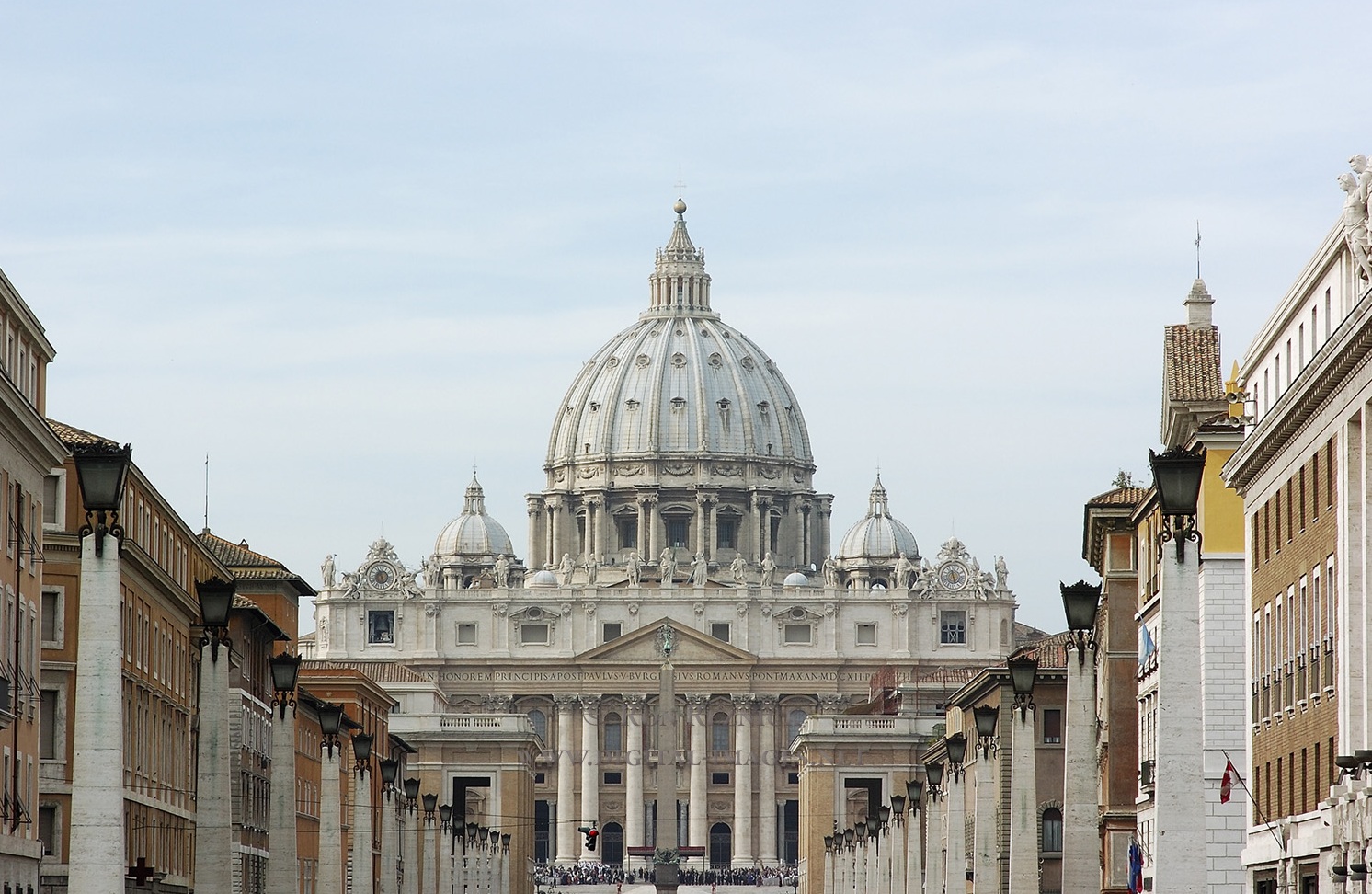
圣彼得大教堂大殿是罗马的四座特级宗座圣殿之一(圣若望拉特朗大殿、圣伯多禄大殿、圣母大殿和城外圣保禄大殿),它也是梵蒂冈城中最主要的建筑物。圣伯多禄大殿的穹顶构成罗马城天际线的主要标志。圣彼得大教堂大殿还是君士坦丁堡主教座堂。圣彼得大教堂常被外界误解是象征教宗驻地的“教宗宝座”所在,但教宗宝座其实是在圣若望拉特朗大殿——其亦为天主教罗马教区的主教座堂。虽然如此,今日许多圣座礼仪与瞻礼还是在圣彼得大教堂大殿举行,主要是因为这里离教宗官邸较近、空间也较大、而且位于拥有独立主权的梵蒂冈城之内。
圣彼得大教堂大殿可能是天主教最大的教堂建筑,它占地23,000平方米,容量超过60,000人。在天主教传统中这是最神圣的圣地之一,传统上认为这里是圣彼得大教堂(西门彼得)的安葬地点,他是耶稣的12个宗徒之一,第一任安提约基雅(安提阿)主教,以及第一任罗马主教。尽管新约没有提到伯多禄到过罗马,也没有提到他在罗马殉道,古代传统认为他的墓就在祭坛的下面,后来的许多教宗也都安葬于此。目前的圣彼得大教堂大殿,是兴建在早期教堂的基础上,始建于1506年4月18日,完成于1626年。


面积: 0.44平方公里。
人口: 1380人,常住人口仅540人。主要是意大利人。官方语言为意大利语和拉丁语。信奉天主教。
首都: 梵蒂冈城(CittàdelVaticano)。
梵蒂冈城国(The Vatican City State),简称梵蒂冈,是当今世界上最小的国家,是欧洲一个独立的主权国家。位于意大利首都罗马西北角呈三角形的高地上。它地处台伯河右岸,以四周城墙为国界。简言之,城,是梵蒂冈的首都,亦即国家,故曰“城国”。面积0.44平方公里,国中宫院、教堂、图书馆、邮局、电台、火车站、飞机场等设施一应俱全。人口830人,另有3000名雇员。官方语言为意大利语和拉丁语。居民多信奉天主教。首都梵蒂冈城。
梵蒂冈尽管很小,它仍然是一个国家,在联合国派有观察员,具有一个国家的地位,是历史上教皇国的延续,是一个特殊形态的政教合一的国家。早在公元756年,法兰克国王丕平把罗马城及其周围的区域送给教皇(教会史上称为“丕平献土”),后来成为西欧教会和政治生活的中心,在意大利境内成立了以罗马为首都的教皇国,直辖领土面积达4万平方公里以上。教皇国是个神权国家,1870年8月,罗马爆发了反抗教皇政权的人民起义,意大利国王进驻罗马,意大利完成统一,教皇权力被剥夺,并被迫退居罗马城内西北角梵蒂冈。1929年2月11日签订了《拉特兰条约》,意大利认为梵蒂冈这块地方属于教皇,规定从同年7月起成为独立的城市国家。国名全称就叫梵蒂冈城国。
梵蒂冈城国(拉丁语:Status Civitatis Vaticanae;意大利语:Stato della Città del Vaticano),通称梵蒂冈,是位于意大利首都罗马西北角高地的内陆城邦国家(国中国),为天主教会最高权力机构圣座的所在地、天主教会最高领袖教宗的驻地、世界六分之一人口的信仰中心,亦为世界领土面积最小的国家[3]。其前身为教宗国,自1929年起以《拉特兰条约》确定为主权国家,接受圣座(也是一个国际公认主权实体)的直接统治,实施政教合一的政治体制。城内建物于1984年被联合国教科文组织认定为世界文化遗产。
由于圣座的行政机构——罗马教廷大部分机关、以及教宗的主要居所均座落于梵蒂冈城内,故人们在使用“梵蒂冈”一词时,可能指梵蒂冈城国、“梵蒂冈”地区、圣座、或教宗的居所,视其使用的场合而定。虽然梵蒂冈并未制定任何有关官方语言的法律,但以意大利语最为常用。在2002年以前,梵蒂冈常以意大利里拉及梵蒂冈里拉作为其境内的通用货币。意大利加入欧元区后,梵蒂冈与欧盟签订特别协议,发行小量铸造的属于梵蒂冈的硬币,作流通和收藏之用[8]。虽然梵蒂冈在地理上是一个小国,但因天主教会在全球信仰人口众多,现有十多亿天主教教徒,使其在政治和文化等领域对世界拥有重大的影响力。
Der Staat Vatikanstadt (amtliche Langform in Deutschland[2] und der Schweiz[3]) oder Staat der Vatikanstadt (amtliche Langform in Österreich[4]), kurz auch Vatikan, Vatikanstadt oder Vatikanstaat genannt, italienisch Stato della Città del Vaticano,[5] ist der kleinste allgemein anerkannte Staat der Welt und der einzige Staat mit Latein als Amtssprache. Der Stadtstaat ist als Enklave vollständig von Italien umgeben und liegt innerhalb der italienischen Hauptstadt Rom, hat eine Fläche von 0,44 Quadratkilometern und ist mit rund 1000 Einwohnern auch der Staat mit den wenigsten Einwohnern.[6]
Der Staat ist eine absolute Wahlmonarchie, deren Monarch der Papst ist. Dieser wird von den Kardinälen gewählt und scheidet nur durch Tod oder Rücktritt aus diesem Amt aus. Der Heilige Stuhl als nichtstaatliches, eigenständiges, vom Staat Vatikanstadt zu unterscheidendes Völkerrechtssubjekt vertritt den Zwergstaat auf internationaler Ebene.
Vatican City (/ˈvætɪkən/ (![]() listen), officially Vatican City State (Italian: Stato della Città del Vaticano;[e] Latin: Status Civitatis Vaticanae),[f] is an independent city-state[9] enclaved within Rome, Italy. Established with the Lateran Treaty (1929), it is distinct from yet under "full ownership, exclusive dominion, and sovereign authority and jurisdiction" of the Holy See (Latin: Sancta Sedes).[g][10] With an area of 44 hectares (110 acres), and a population of about 1,000,[3] it is the smallest state in the world by both area and population.
listen), officially Vatican City State (Italian: Stato della Città del Vaticano;[e] Latin: Status Civitatis Vaticanae),[f] is an independent city-state[9] enclaved within Rome, Italy. Established with the Lateran Treaty (1929), it is distinct from yet under "full ownership, exclusive dominion, and sovereign authority and jurisdiction" of the Holy See (Latin: Sancta Sedes).[g][10] With an area of 44 hectares (110 acres), and a population of about 1,000,[3] it is the smallest state in the world by both area and population.
The Vatican City is an ecclesiastical[3] or sacerdotal-monarchical[11] state (a type of theocracy) ruled by the pope who is, religiously speaking, the bishop of Rome and head of the Catholic Church. The highest state functionaries are all Catholic clergy of various national origins. Since the return of the popes from Avignon in 1377, they have generally resided at the Apostolic Palace within what is now Vatican City, although at times residing instead in the Quirinal Palace in Rome or elsewhere.
The Holy See dates back to early Christianity, and is the primate episcopal see of the Catholic Church, with 1.3 billion Catholics around the world distributed in the Latin Church and 23 Eastern Catholic Churches. The independent Vatican city-state, on the other hand, came into existence in 11 February 1929 by the Lateran Treaty between the Holy See and Italy, which spoke of it as a new creation,[12] not as a vestige of the much larger Papal States (756–1870), which had previously encompassed much of central Italy.
Within the Vatican City are religious and cultural sites such as St. Peter's Basilica, the Sistine Chapel and the Vatican Museums. They feature some of the world's most famous paintings and sculptures. The unique economy of Vatican City is supported financially by the sale of postage stamps and souvenirs, fees for admission to museums, and sales of publications.
Le Vatican, en forme longue l'État de la Cité du Vatican (en italien Stato della Città del Vaticano, [ˈstaːto della tʃitˈta ddel vatiˈkaːno] ; en latin Status Civitatis Vaticanæ) est un pays d'Europe. Il s'agit du support territorial du Saint-Siège enclavé dans la ville et capitale italienne de Rome. En 2014, il compte 921 habitants sur une superficie totale de 0,439 km2, ce qui en fait le plus petit État au monde ainsi que le moins peuplé.
Le Vatican se compose de deux entités juridiques distinctes, le Saint-Siège, entité spirituelle et l'État de la Cité du Vatican, entité temporelle. Le lien entre ces deux entités est le pape, chef du spirituel et du temporel, disposant du pouvoir absolu (exécutif, législatif et judiciaire)5.
La colline du Vatican est déjà mentionnée sous la République romaine. De nos jours, le Vatican est la représentation temporelle du Saint-Siège et de l'ensemble des institutions de l'Église catholique romaine : l'État de la Cité du Vatican est, lui, créé le 11 février 1929 aux termes des accords du Latran, signés par l'Italie représentée par Mussolini et par le Saint-Siège représenté par le cardinal Gasparri.
Le Vatican, important site archéologique du monde romain, situé sur la colline du même nom, est le siège de la papauté et du monde catholique. Selon la tradition catholique, il remonte à saint Pierre lui-même, comme premier évêque de Rome et est le centre officiel de tout le christianisme depuis l'empereur Constantin (IVe siècle), mais ce point de vue n'est pas forcément partagé par tous les historiens ni par toutes les confessions chrétiennes6.
L'État du Vatican est une monarchie absolue, de droit divin et élective7 dirigée par l'évêque de Rome, c'est-à-dire actuellement le pape François, élu le 13 mars 2013, à la suite de la renonciation de Benoît XVI, le 28 février de la même année. Le pape y exerce souverainement le triple pouvoir exécutif, législatif et judiciaire.
La Città del Vaticano, ufficialmente Stato della Città del Vaticano (in latino: Status Civitatis Vaticanæ[12]), comunemente chiamata anche semplicemente Vaticano, o per antonomasia San Pietro, o imprecisamente Santa Sede, è uno stato senza sbocco al mare dell'Europa occidentale. È il più piccolo stato sovrano del mondo sia per popolazione (605 abitanti)[13] sia per estensione territoriale (0,44 km²), ma proprio quest'ultima pone al contempo lo Stato al terzo posto nel mondo per densità di popolazione.[14]
Lo Stato della Città del Vaticano nasce l'11 febbraio 1929 a seguito della firma dei Patti Lateranensi tra Benito Mussolini e Pietro Gasparri, rispettivamente i rappresentanti del Regno d'Italia e della Santa Sede. La Città del Vaticano è un'enclave nel territorio della Repubblica Italiana inserita nel tessuto urbano della città di Roma. Nello stato vige un regime di monarchia assoluta[15] teocratica ierocratica elettiva di tipo patrimoniale,[16] con a capo il papa della Chiesa cattolica. La lingua ufficiale è l'italiano, mentre il latino è la lingua ufficiale della Santa Sede.
Lo Stato della Città del Vaticano batte moneta propria, ma, per effetto dell'unione doganale e monetaria con l'Italia, adotta l'euro, che negli otto tagli delle monete metalliche riportano nella faccia nazionale l'effigie del papa regnante, ovvero soggetti vaticani, ed emette propri francobolli, utilizzabili per il servizio postale verso tutto il mondo (ma ovviamente solo con spedizione dalle Poste Vaticane). Importanti le serie commemorative delle monete e dei francobolli molto ricercate dai numismatici e dai filatelici di tutto il mondo[17]. In Vaticano è inoltre edito un giornale quotidiano, L'Osservatore Romano, fondato nel 1861, e dal 1931 funziona una emittente, la Radio Vaticana, che trasmette in tutto il mondo in varie lingue.
La Ciudad del Vaticano, oficialmente Estado de la Ciudad del Vaticano (en latín: Status Civitatis Vaticanæ;Nota 1 en italiano: Stato della Città del Vaticano),Nota 2 o simplemente el Vaticano, es un país soberano sin salida al mar, cuyo territorio consta de un enclave7dentro de la ciudad de Roma, en la península Itálica. Es uno de los seis microestados europeos.
La Ciudad del Vaticano tiene una extensión de 0,44 km² (44 hectáreas)1 y una población de aproximadamente 800 habitantes,8 por lo que resulta un híbrido de ciudad elevada al rango de Estado independiente, siendo además el país más pequeño del mundo.9 Es tan pequeño que solo la basílica de San Pedro es un 7 % de su superficie; la basílica y la plaza de San Pedro ocupan un 20 % del territorio, lo que lo convierte en el territorio independiente más urbanizado del mundo. La Ciudad del Vaticano comenzó su existencia como Estado independiente en 1929 tras la firma de los Pactos de Letrán celebrados entre la Santa Sede y el entonces Reino de Italia, que en 1870 había conquistado los Estados Pontificios.
La Ciudad del Vaticano alberga la Santa Sede, máxima institución de la Iglesia católica. Aunque los dos nombres, «Ciudad del Vaticano» y «Santa Sede», se utilizan a menudo como si fueran equivalentes, el primero se refiere a la ciudad y a su territorio, mientras que el segundo se refiere a la institución que dirige la Iglesia y que tiene personalidad jurídica propia como sujeto de Derecho internacional. En rigor, es la Santa Sede, y no el Estado del Vaticano, la que mantiene relaciones diplomáticas con los demás países del mundo. Por otro lado, el Vaticano es quien da el soporte temporal y soberano (sustrato territorial) para la actividad de la Santa Sede.
La máxima autoridad del Vaticano y jefe de Estado del mismo es el papa de la Iglesia católica, por lo que puede considerarse la única teocracia de Europa. El sumo pontífice delega las funciones de gobierno en el secretario de Estado.
El conjunto arquitectónico e histórico-artístico que conforma la Ciudad del Vaticano fue declarado Patrimonio de la Humanidad por la Unesco en 1984.10
 Architecture
Architecture
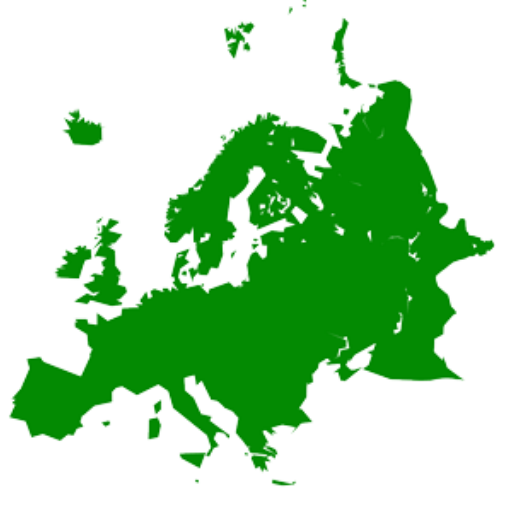 States of Europe
States of Europe
 Sport
Sport
 Financial
Financial
 Literature
Literature
 Science and technology
Science and technology
 European Union
European Union
 World Heritage
World Heritage